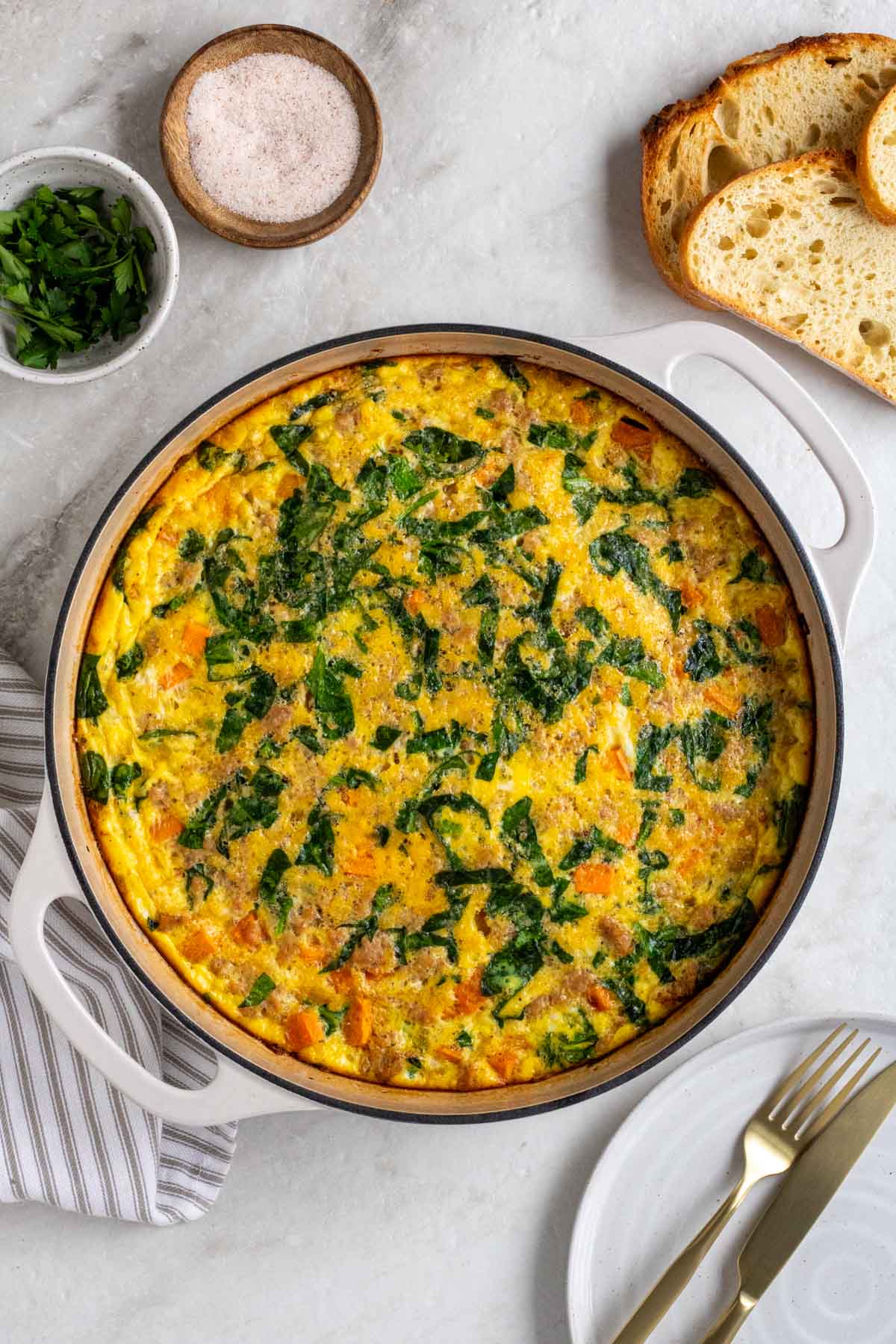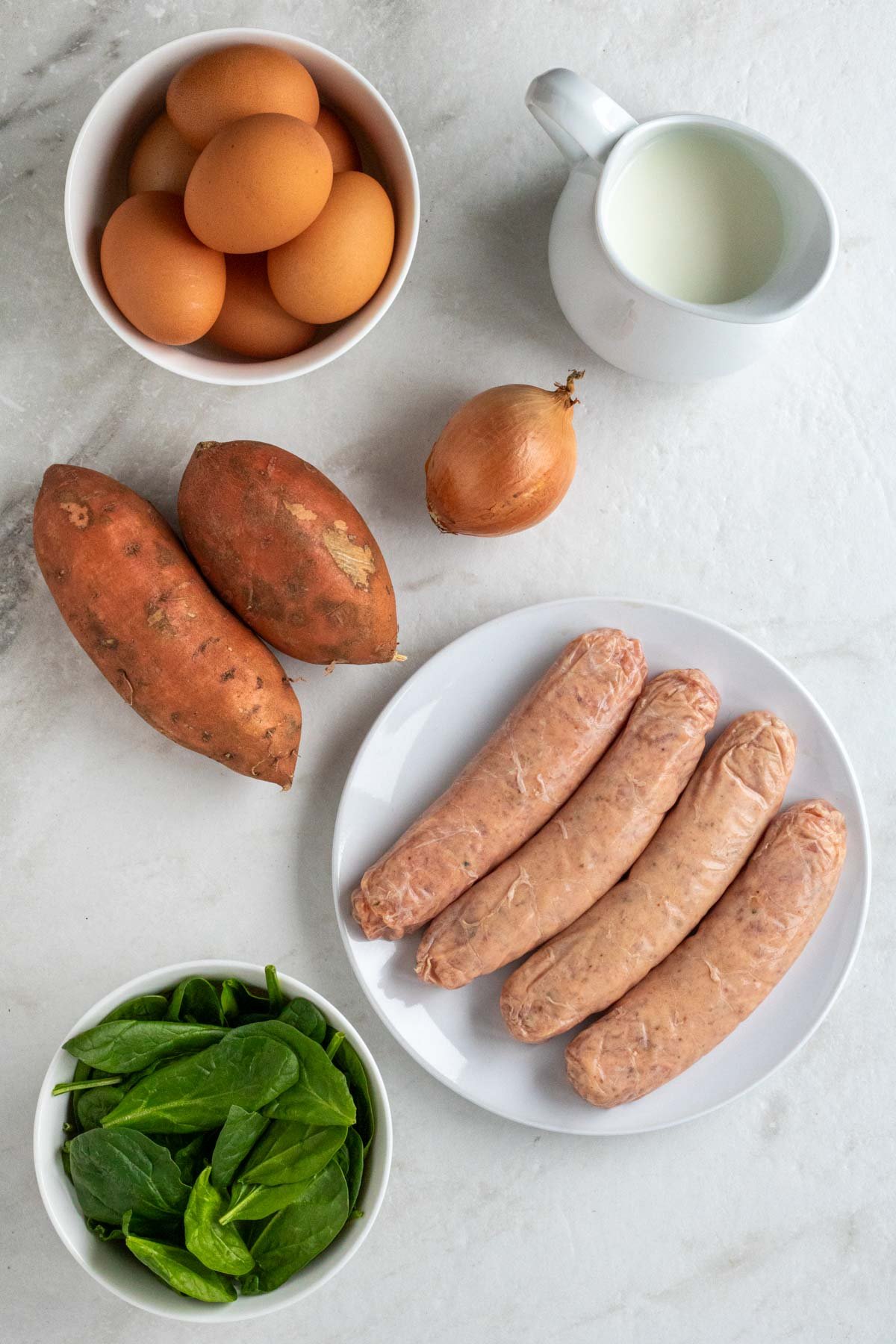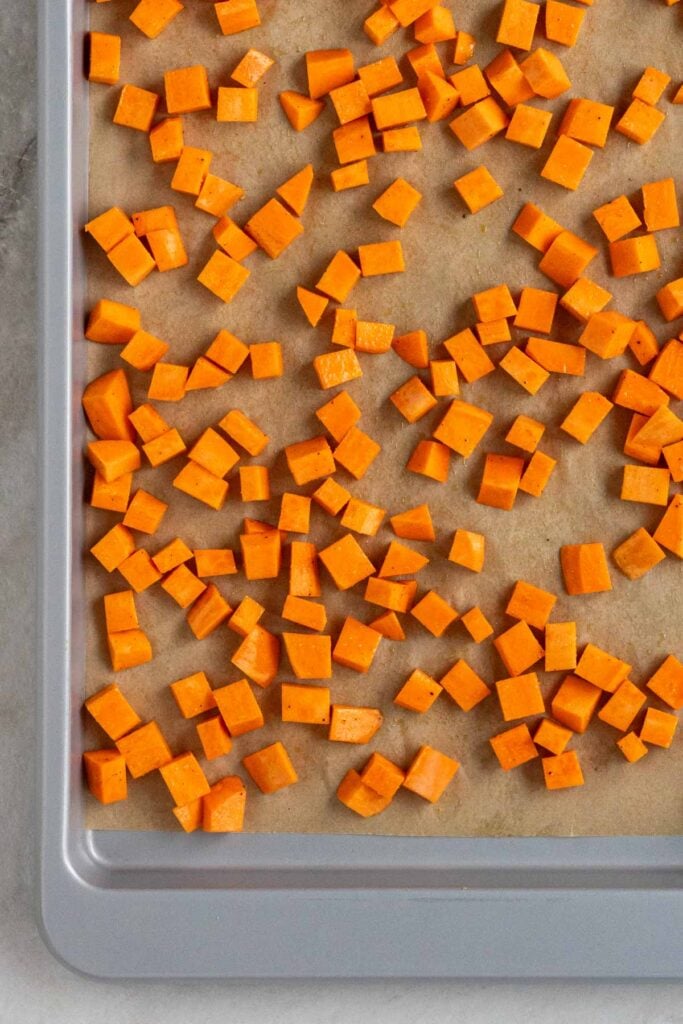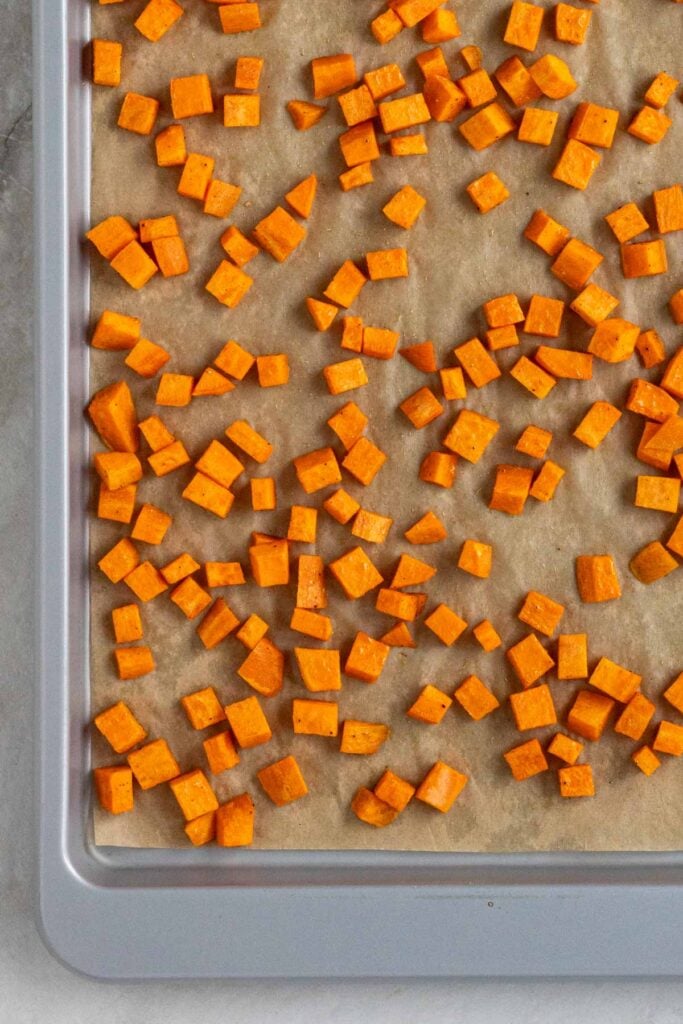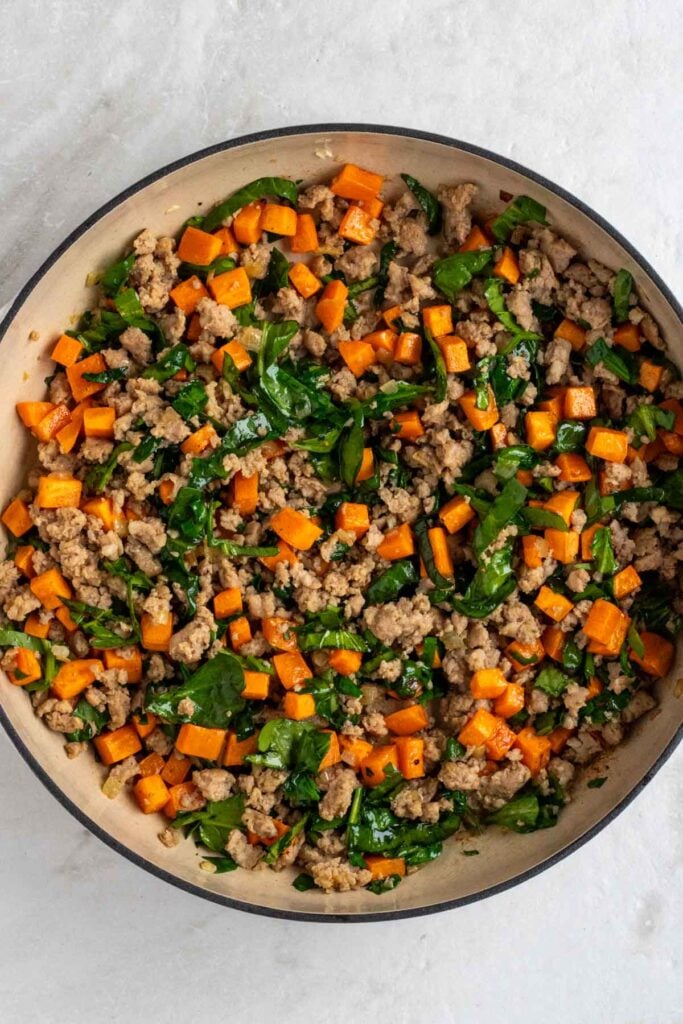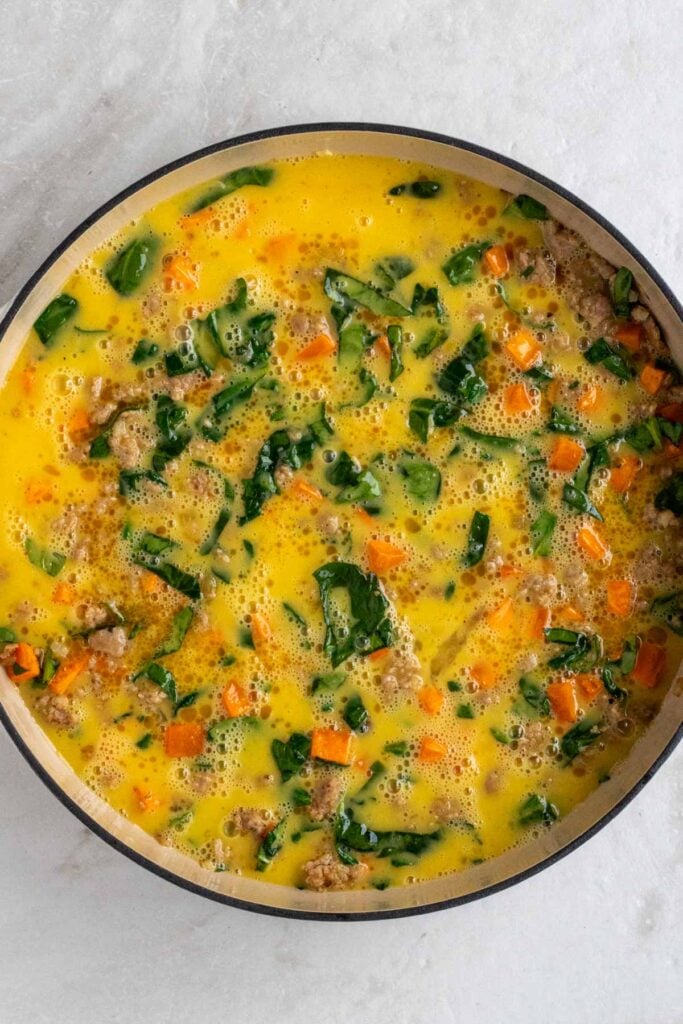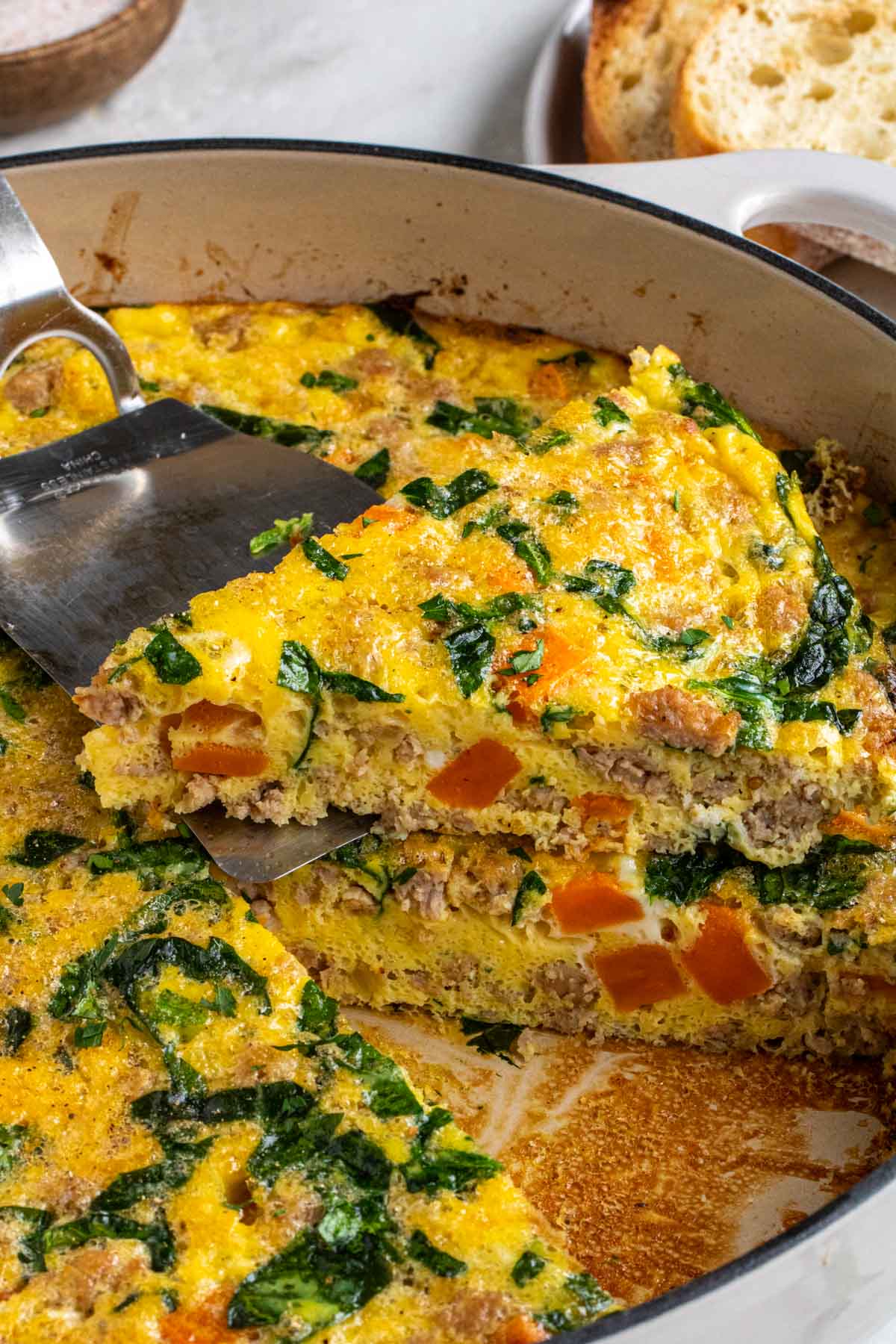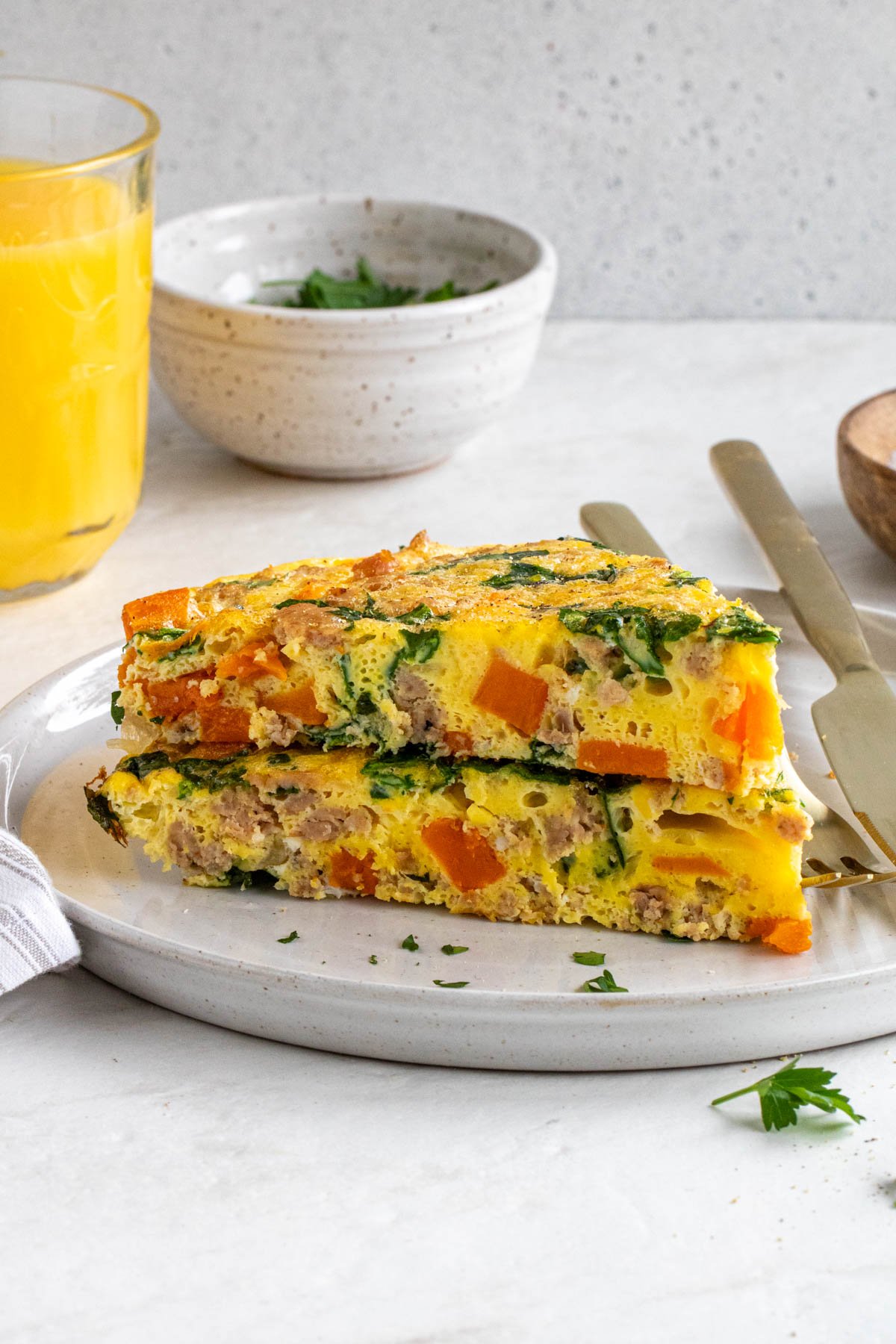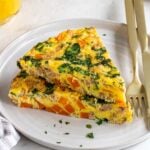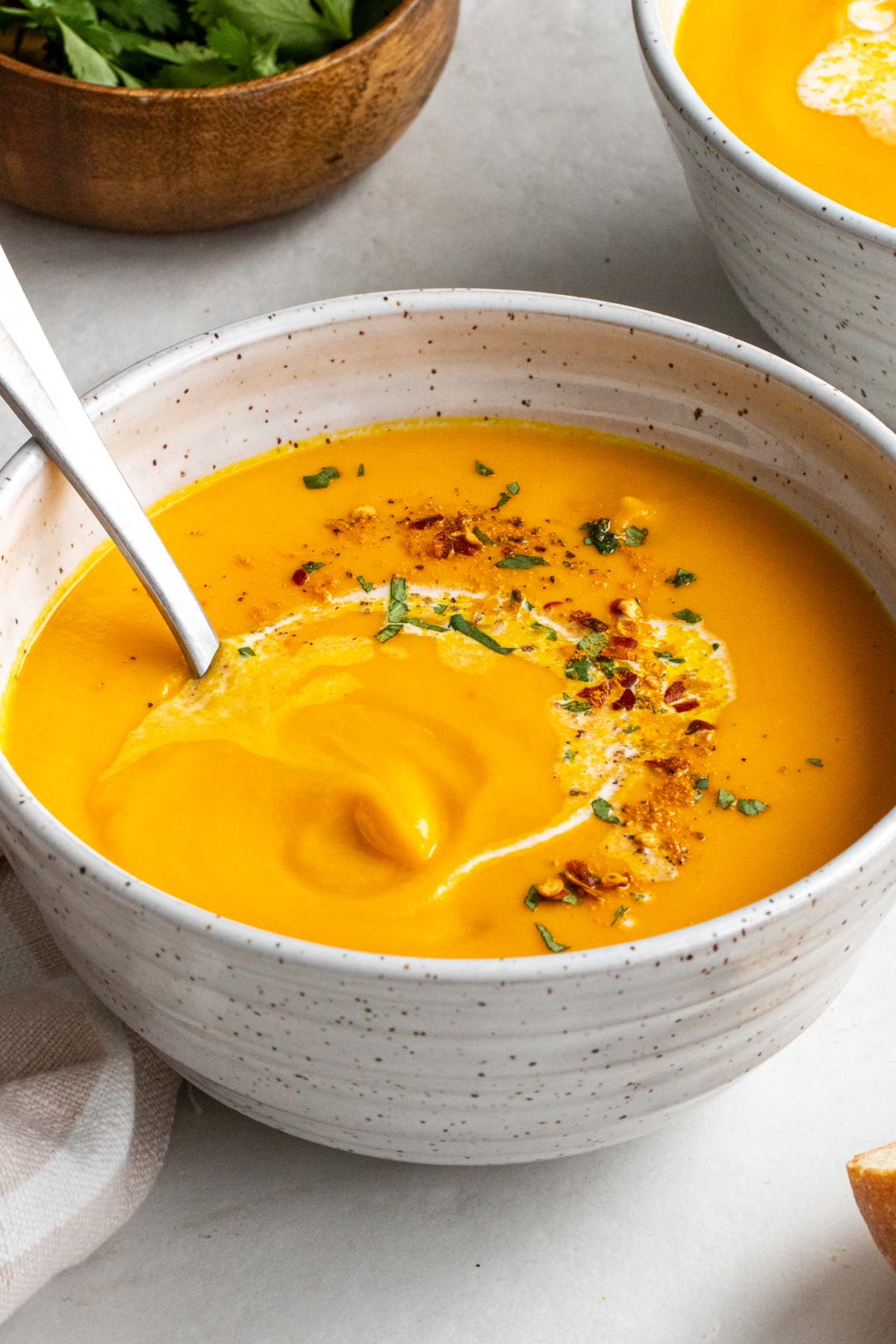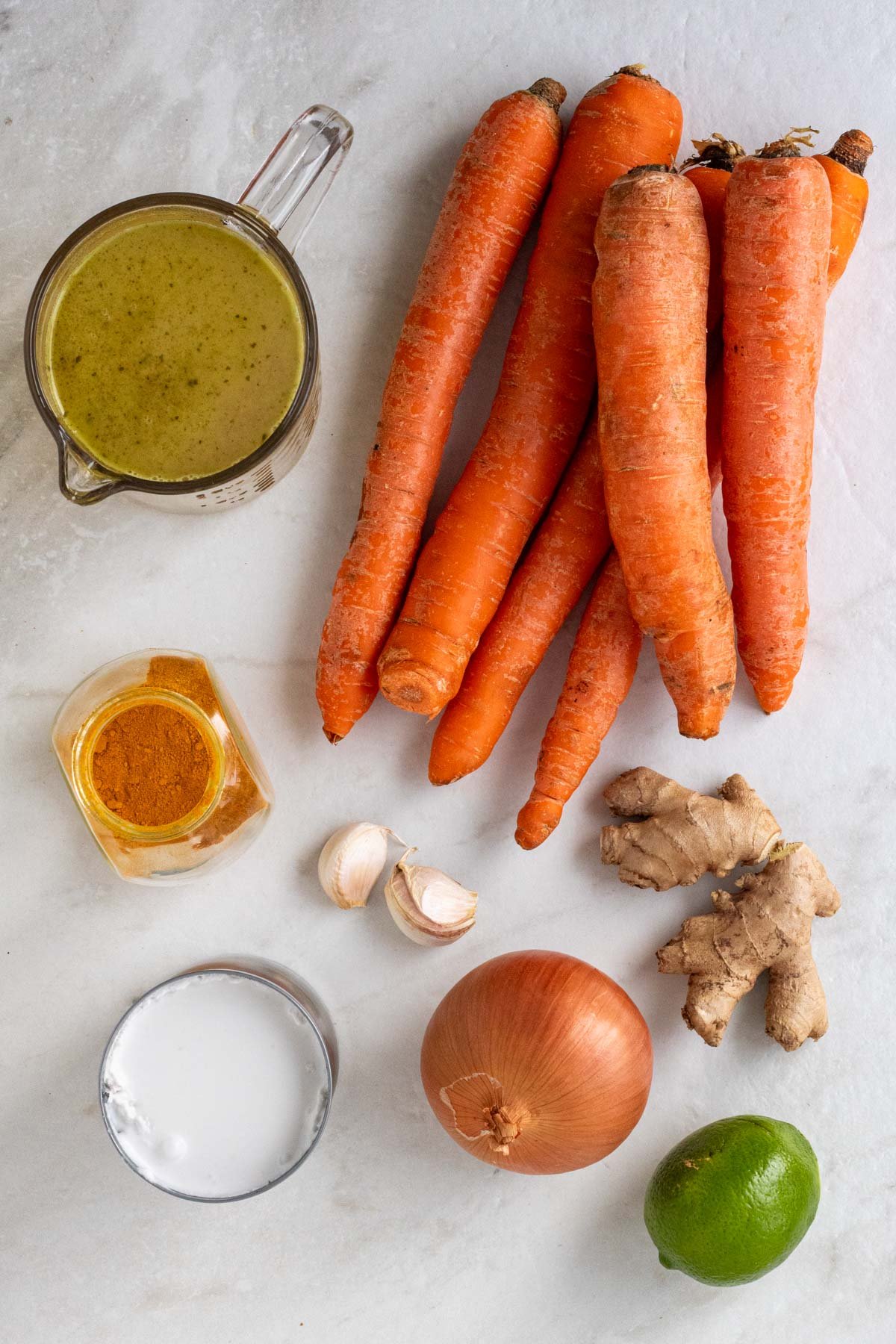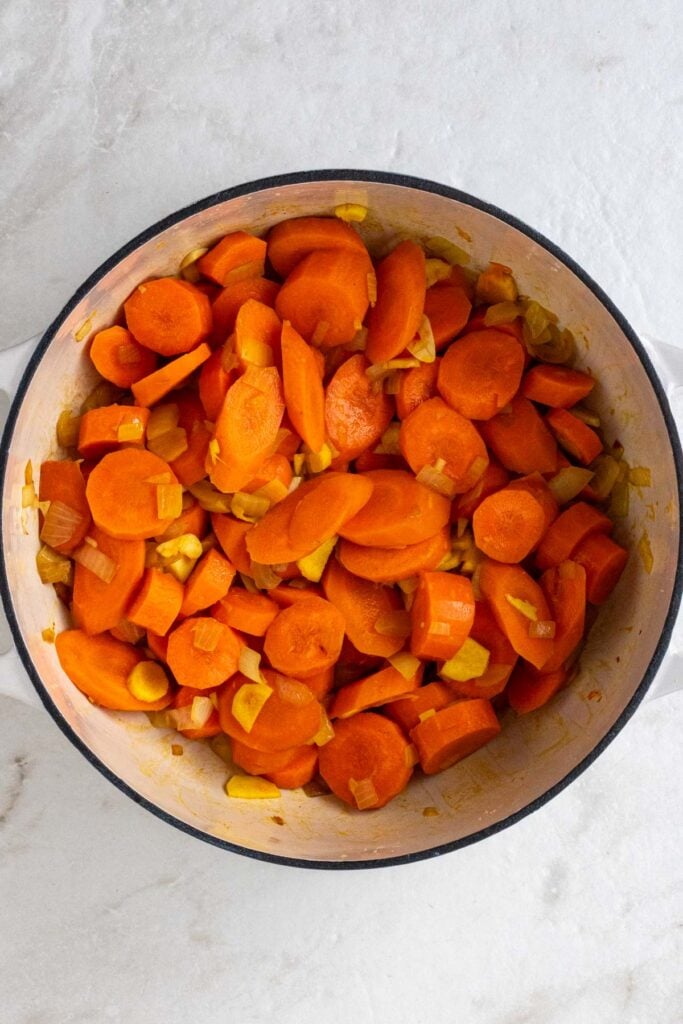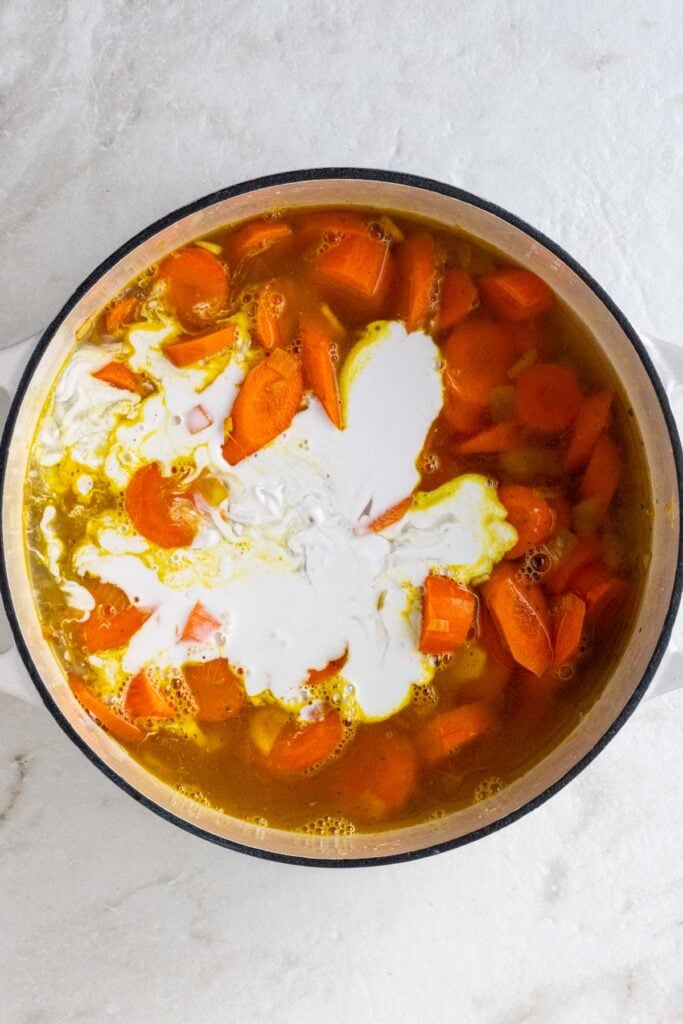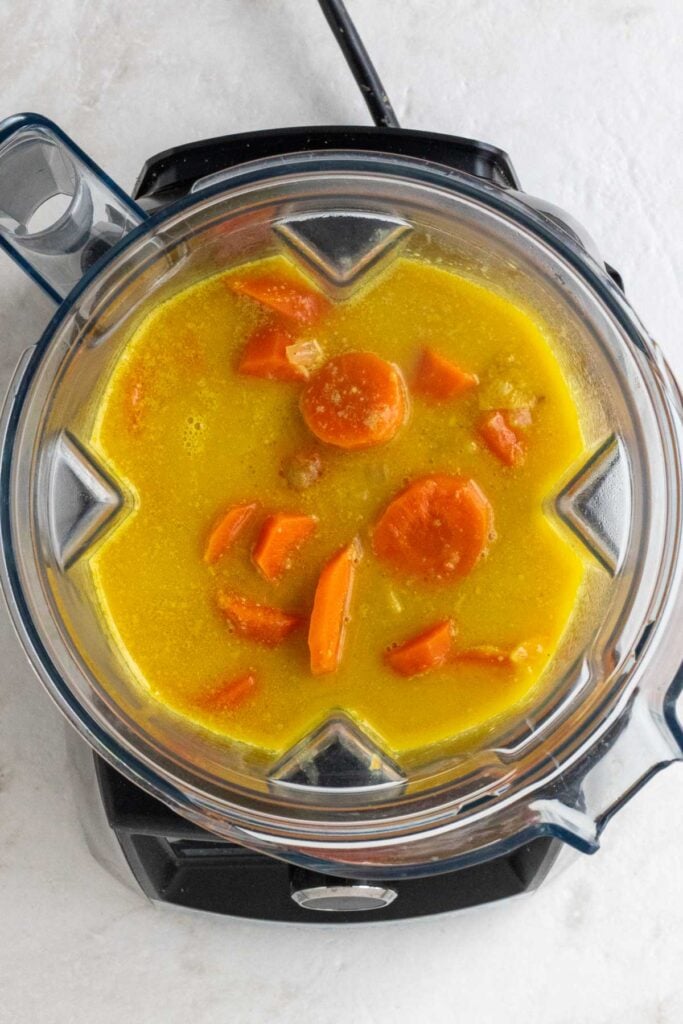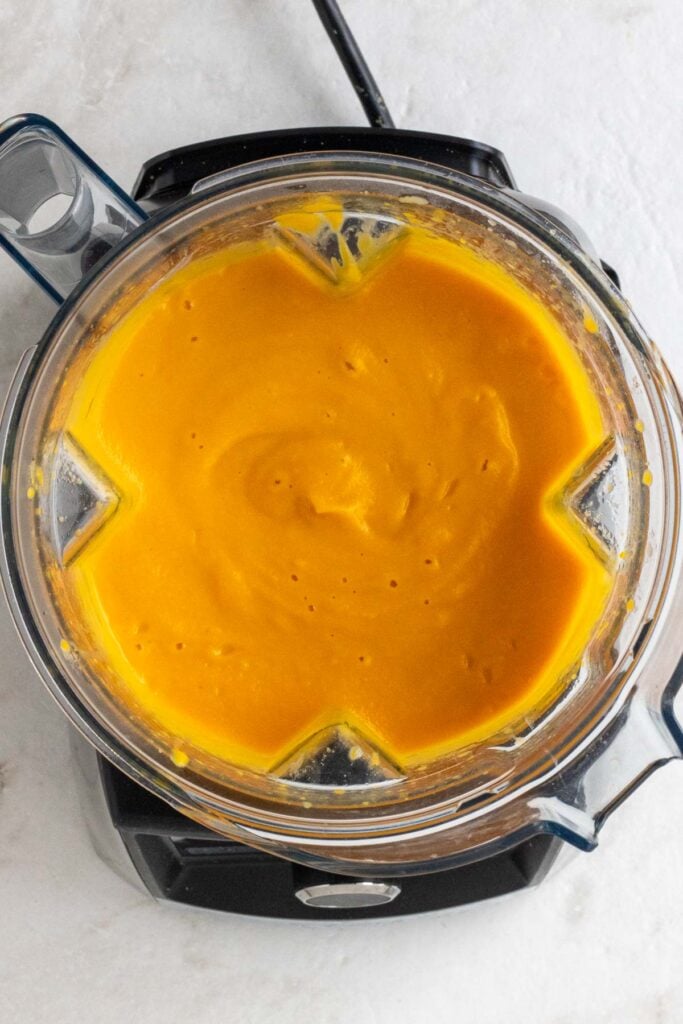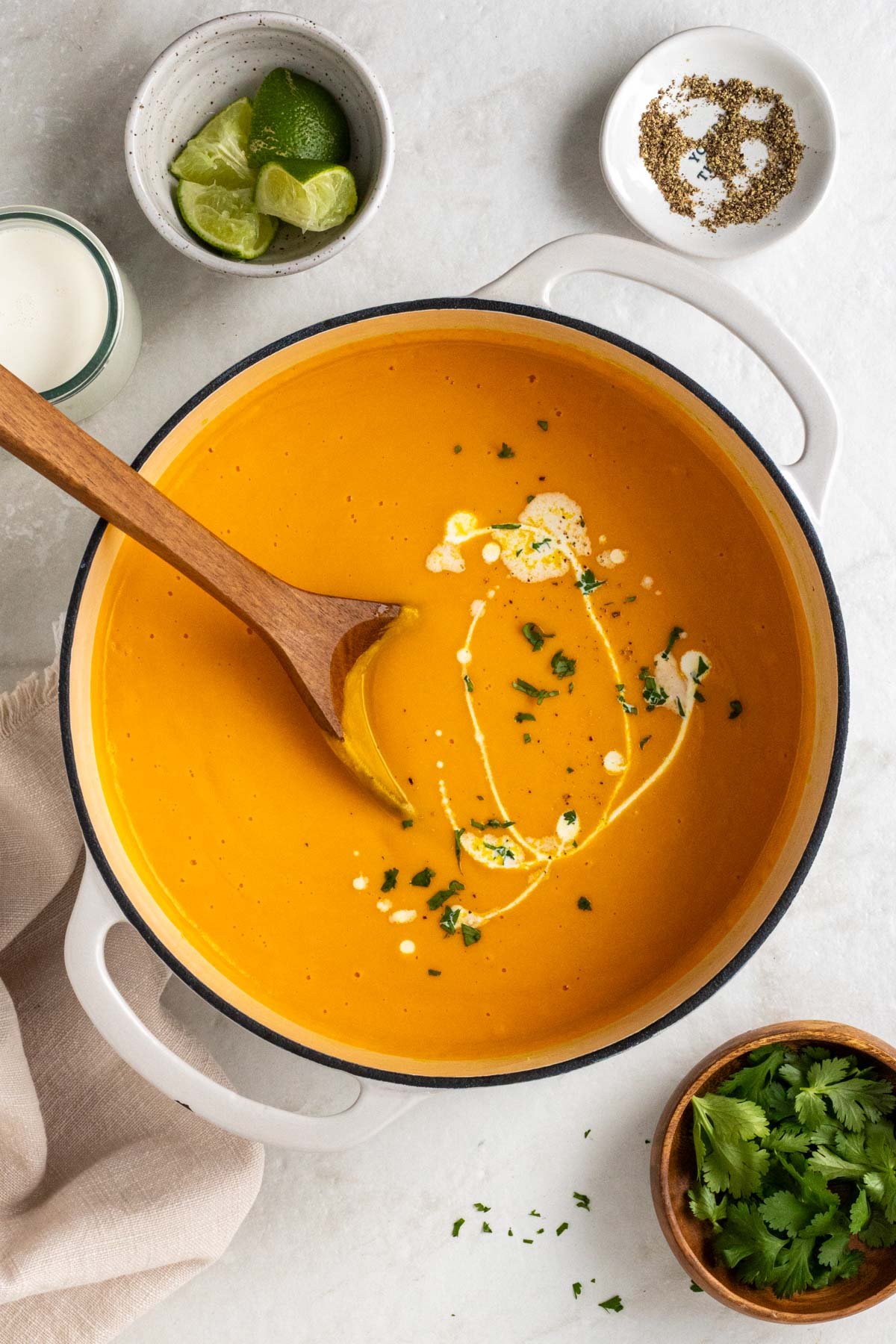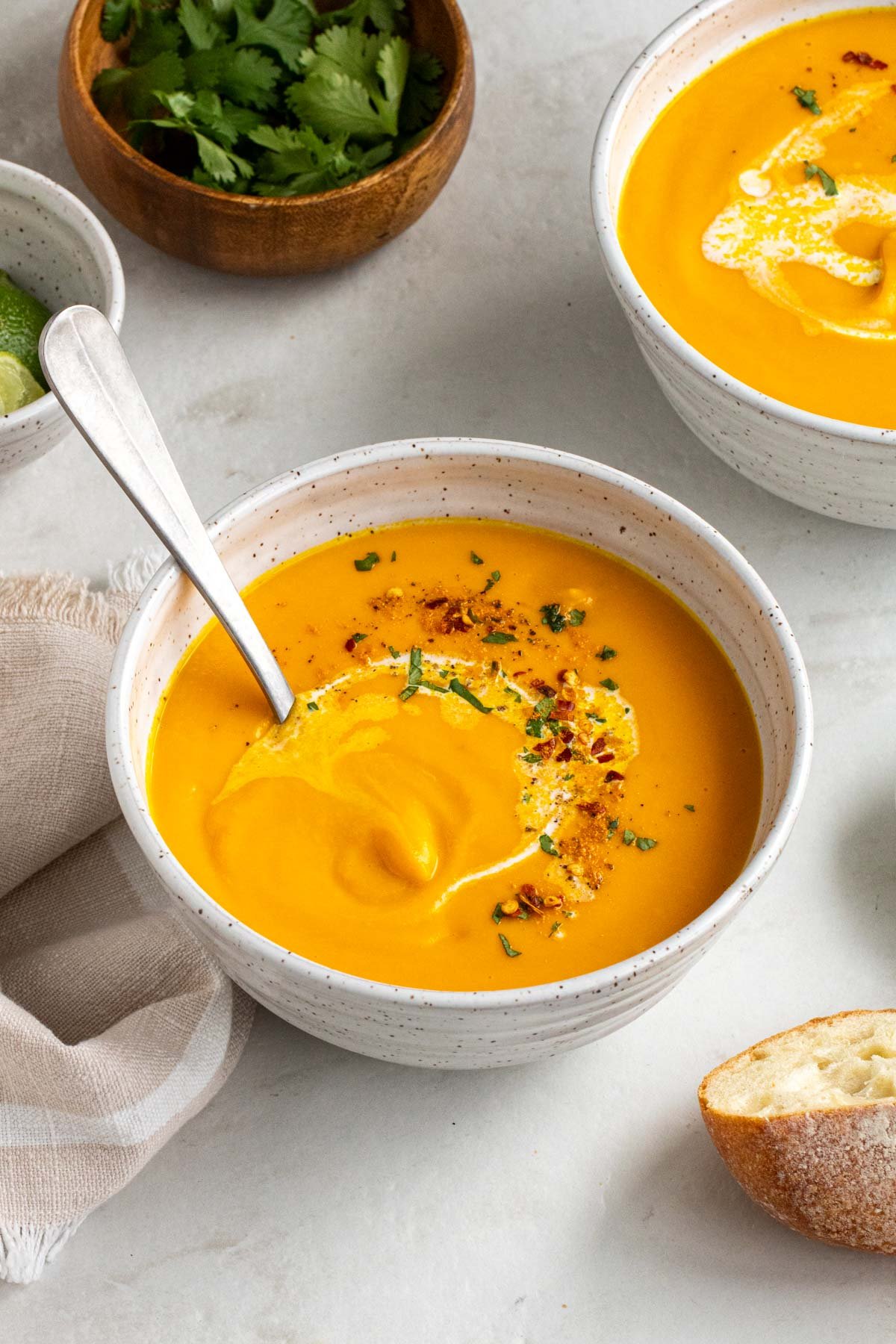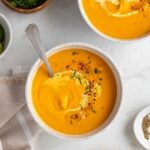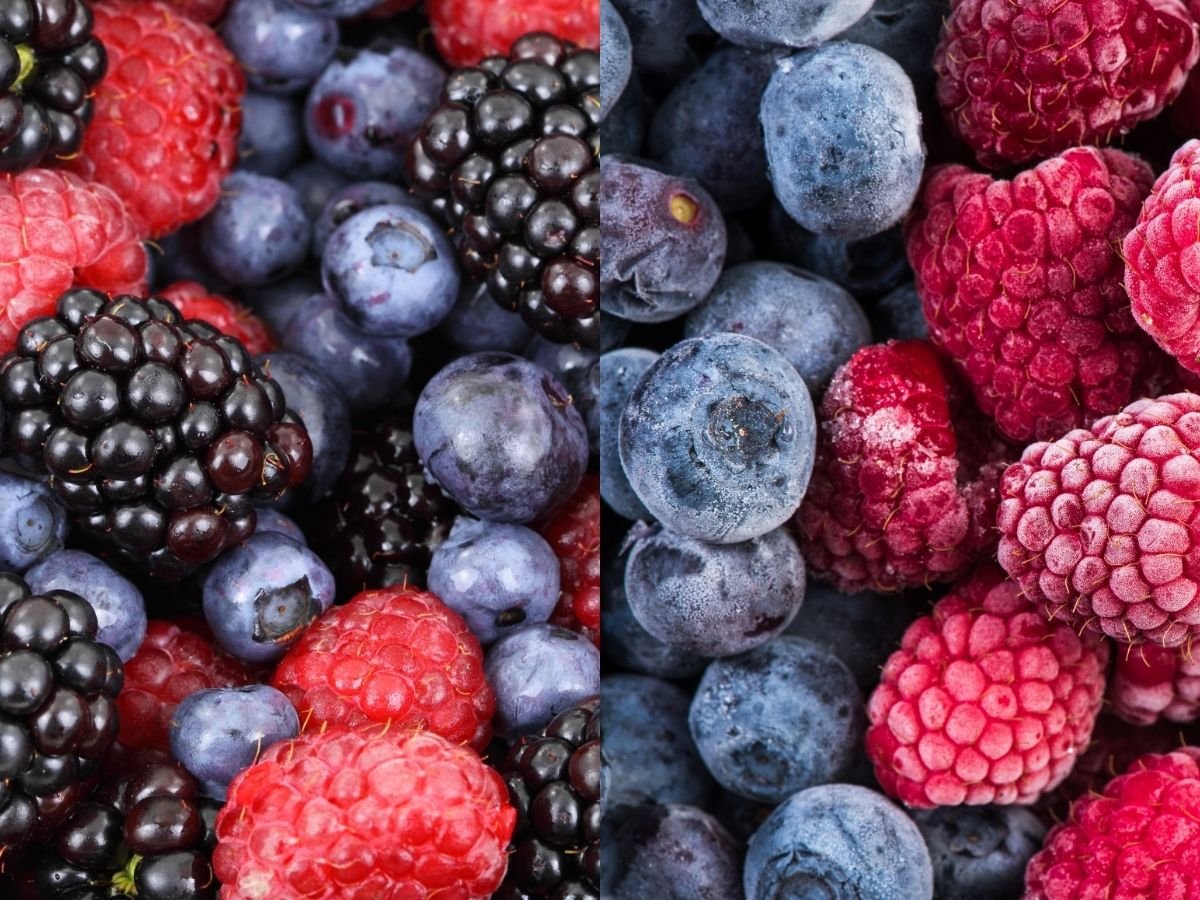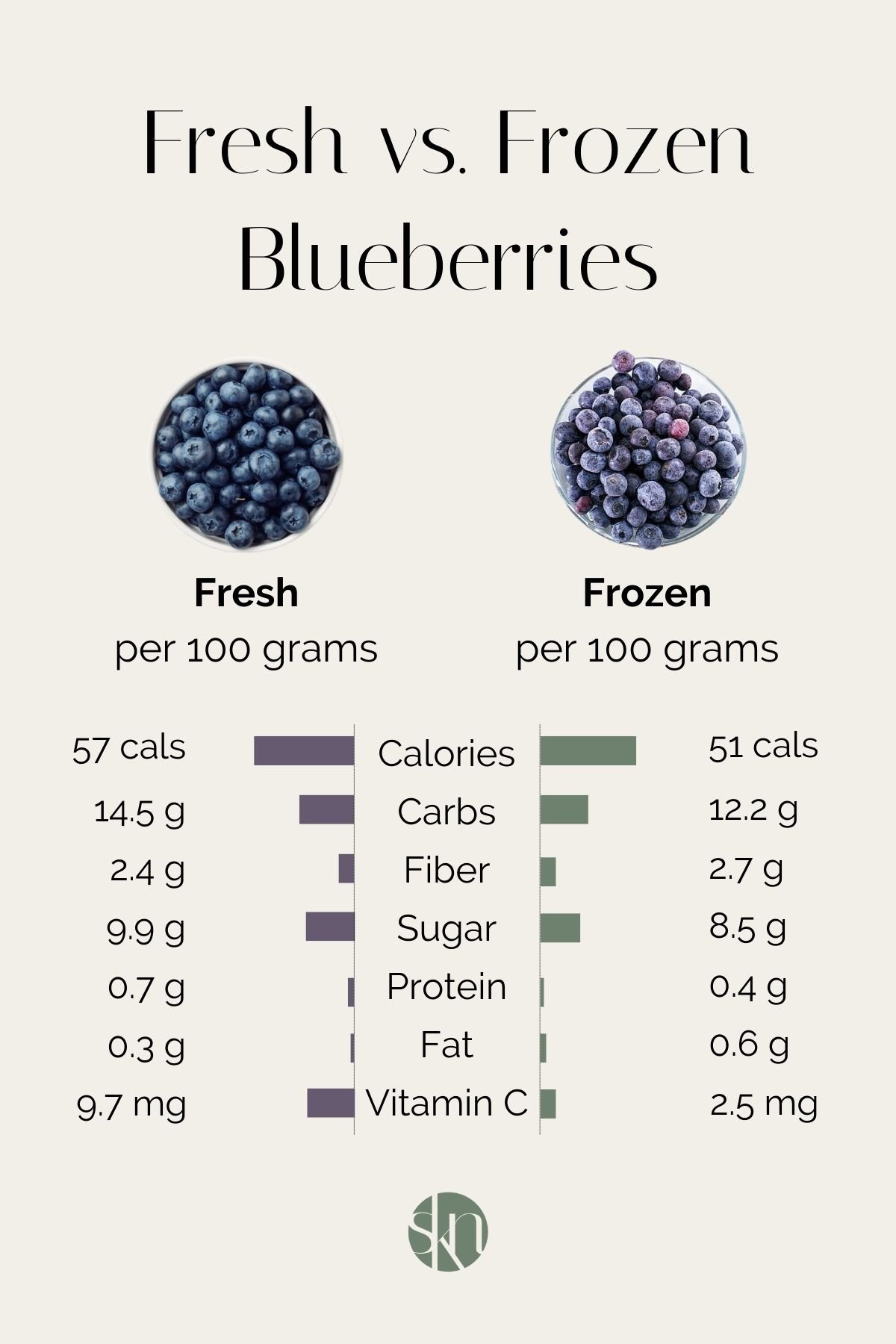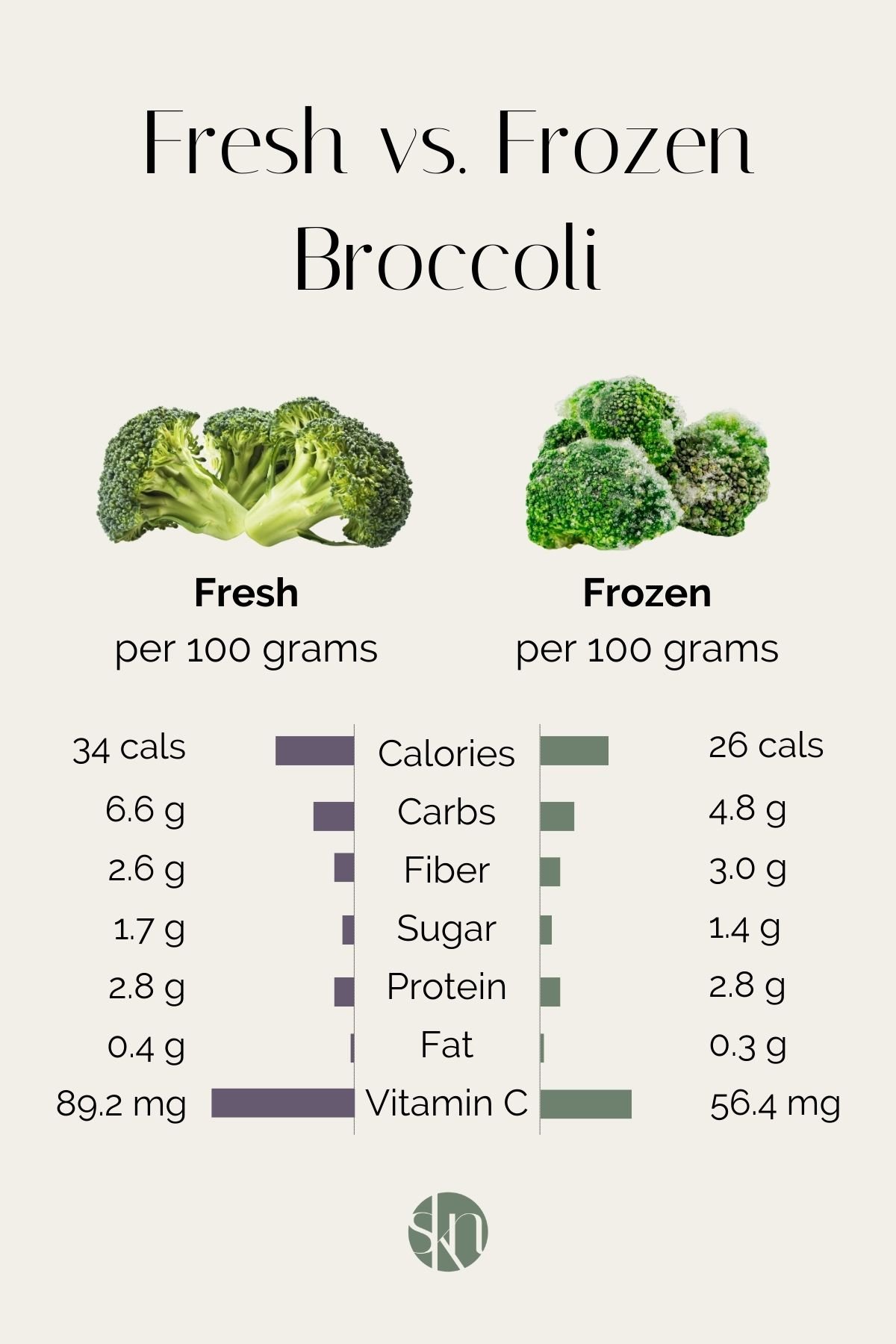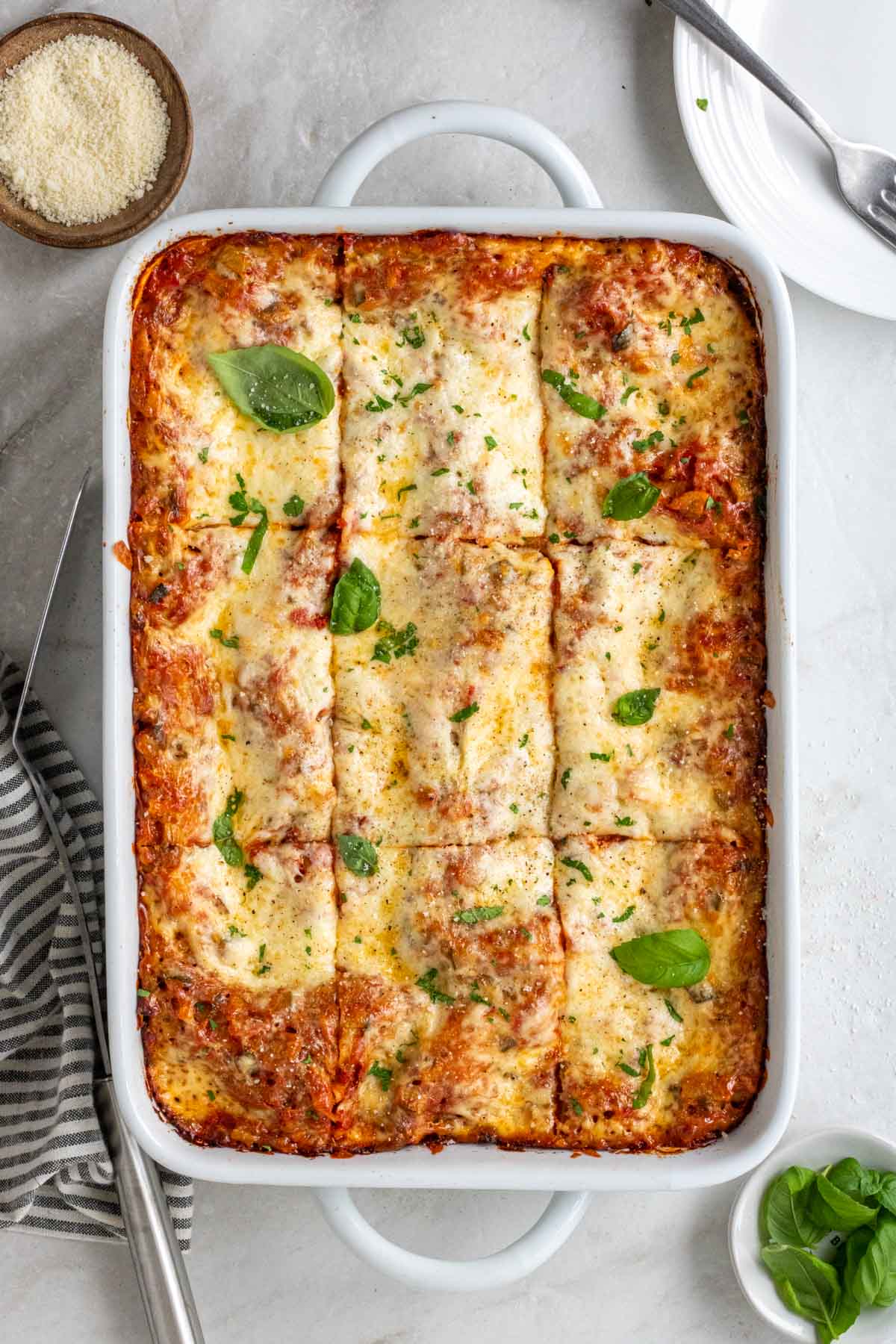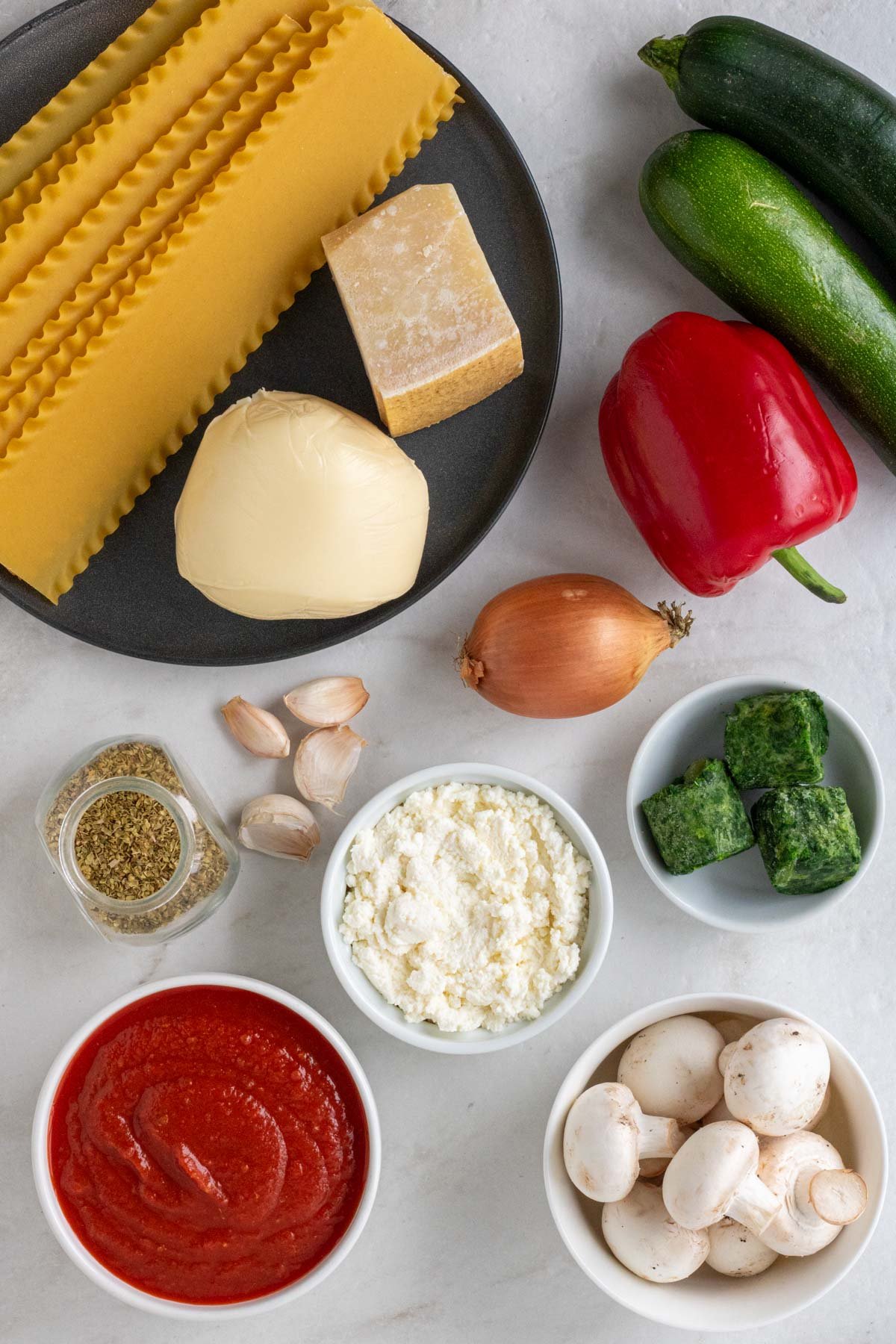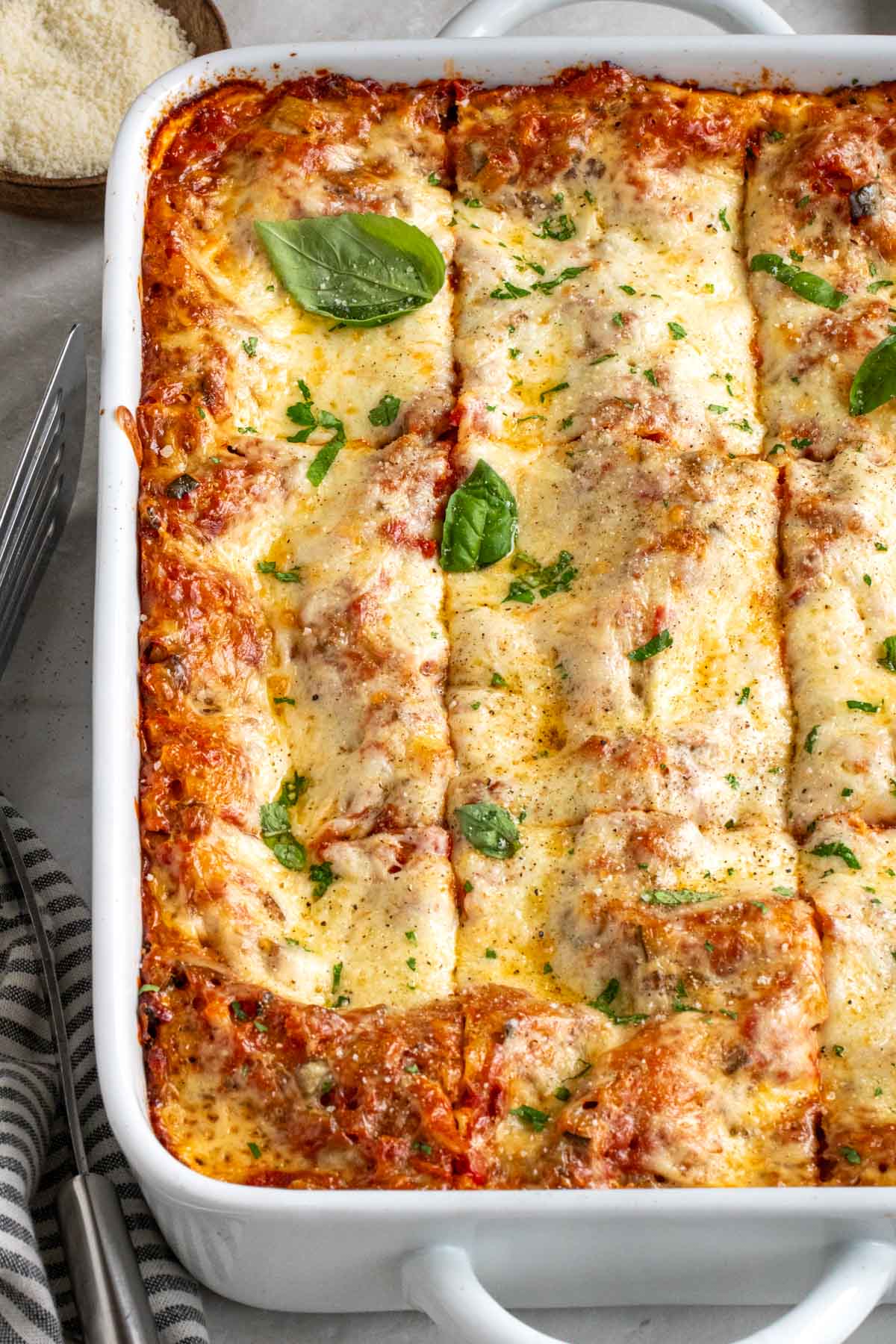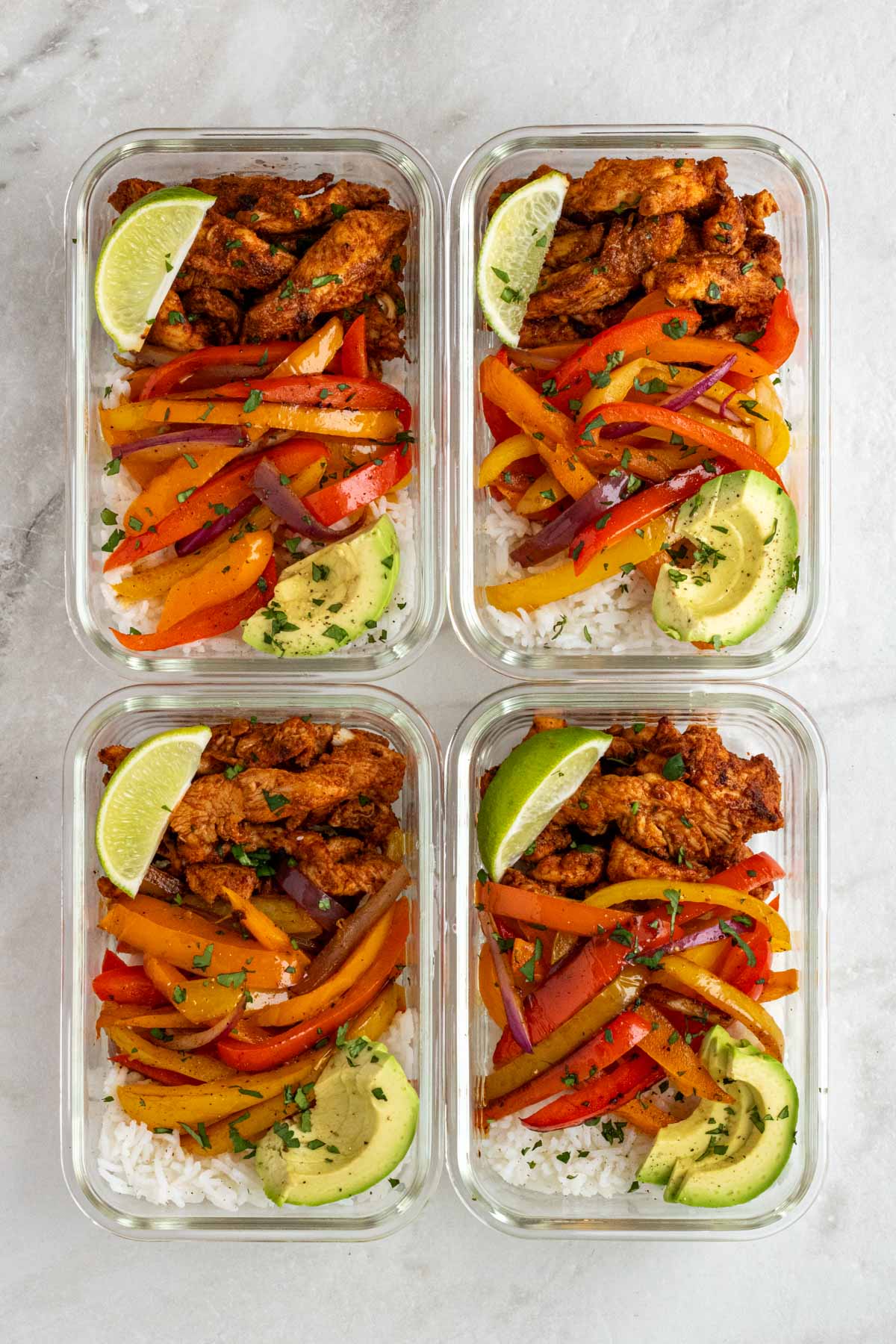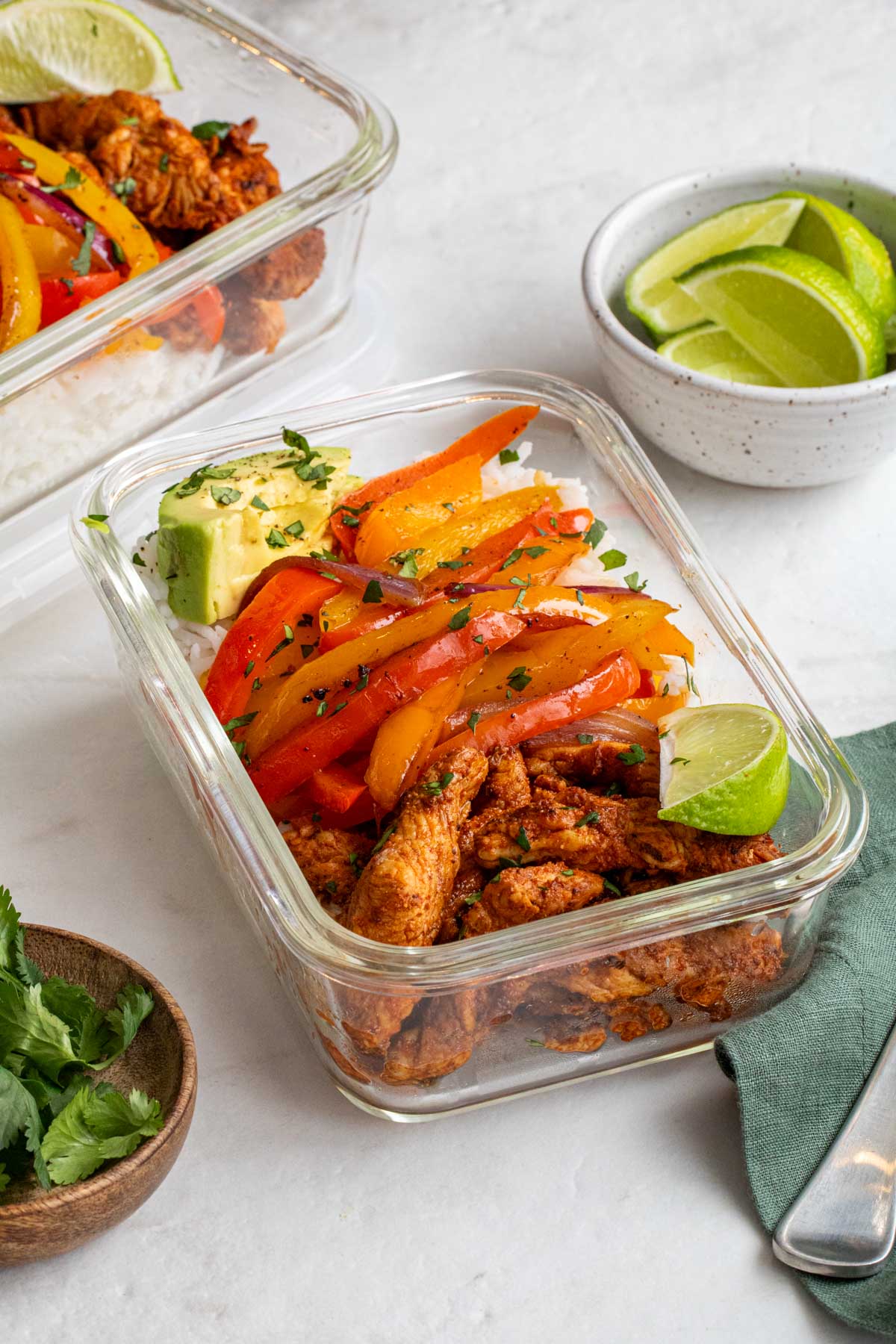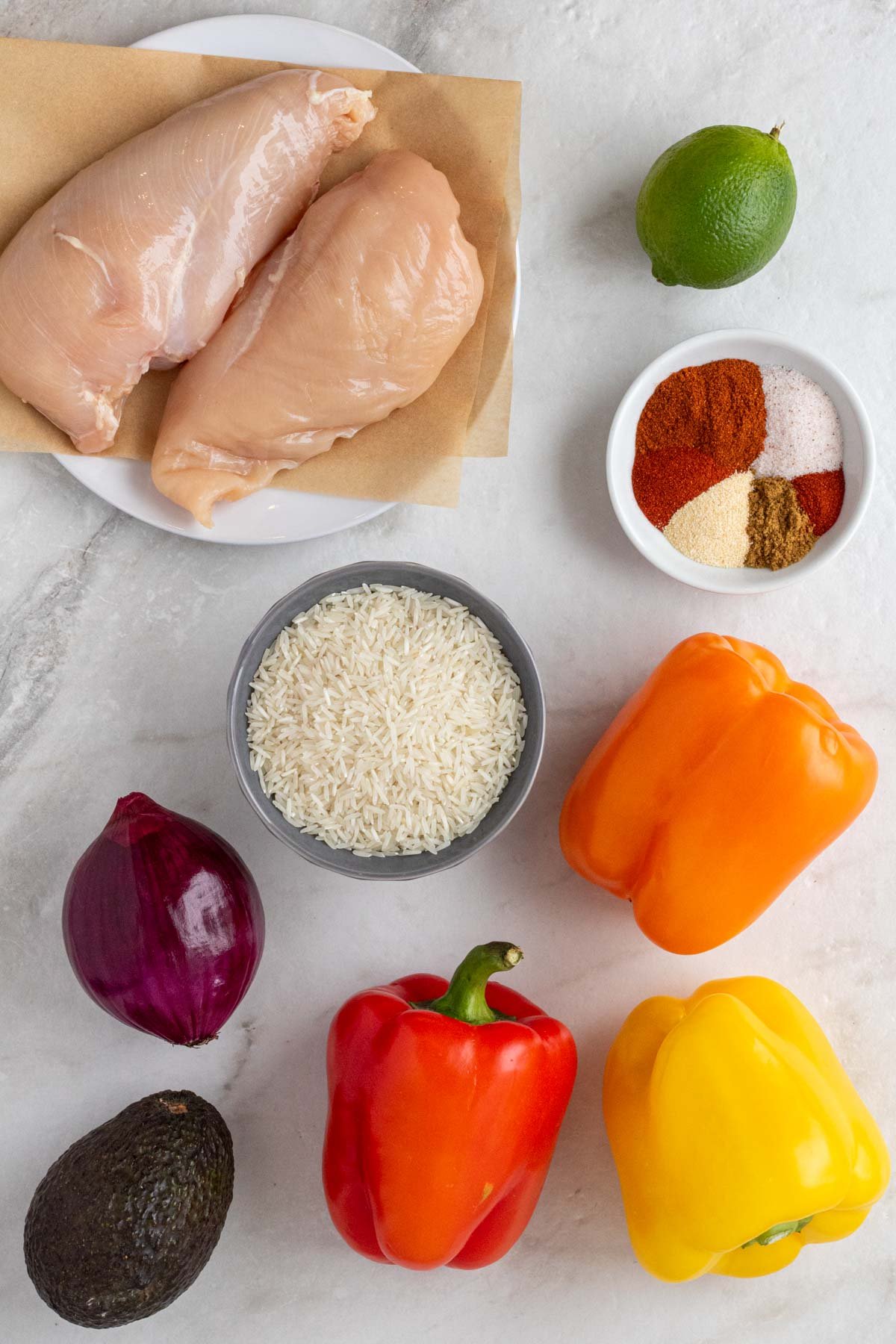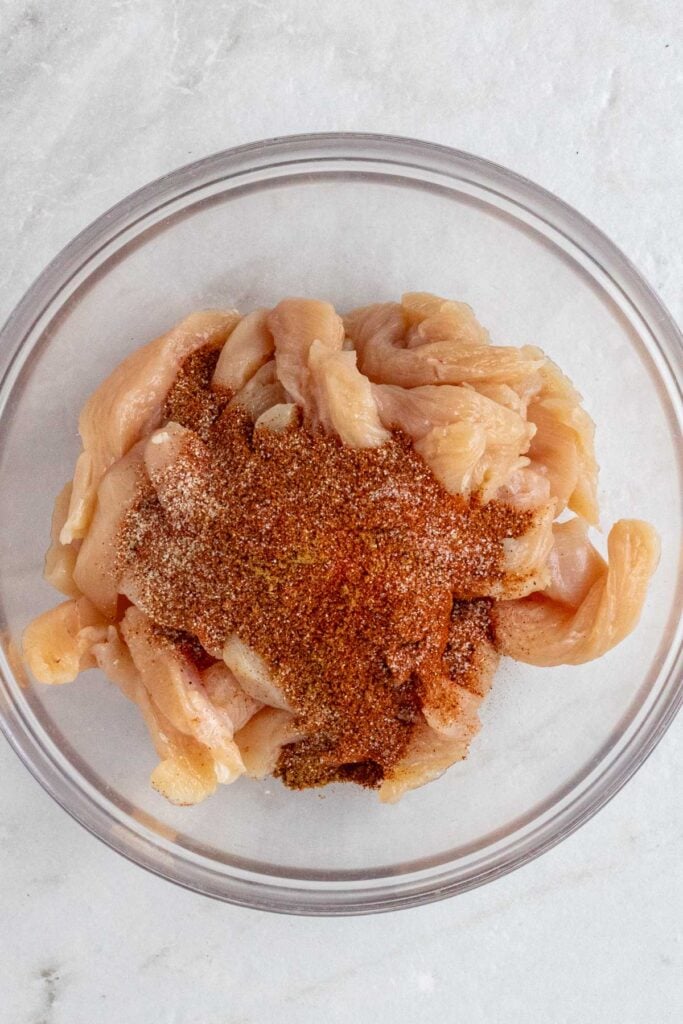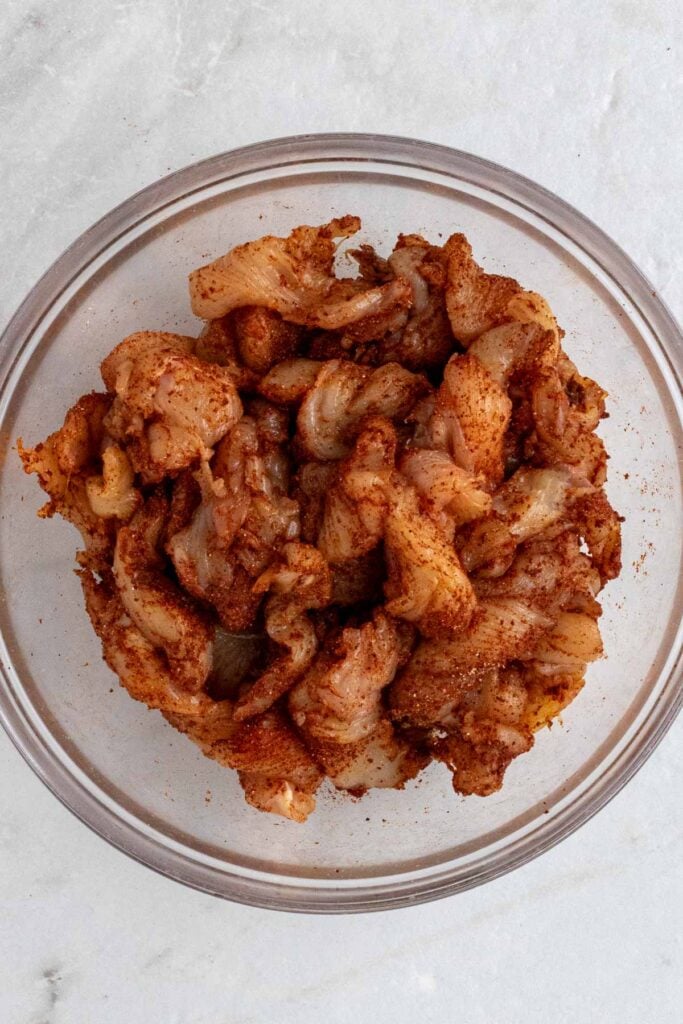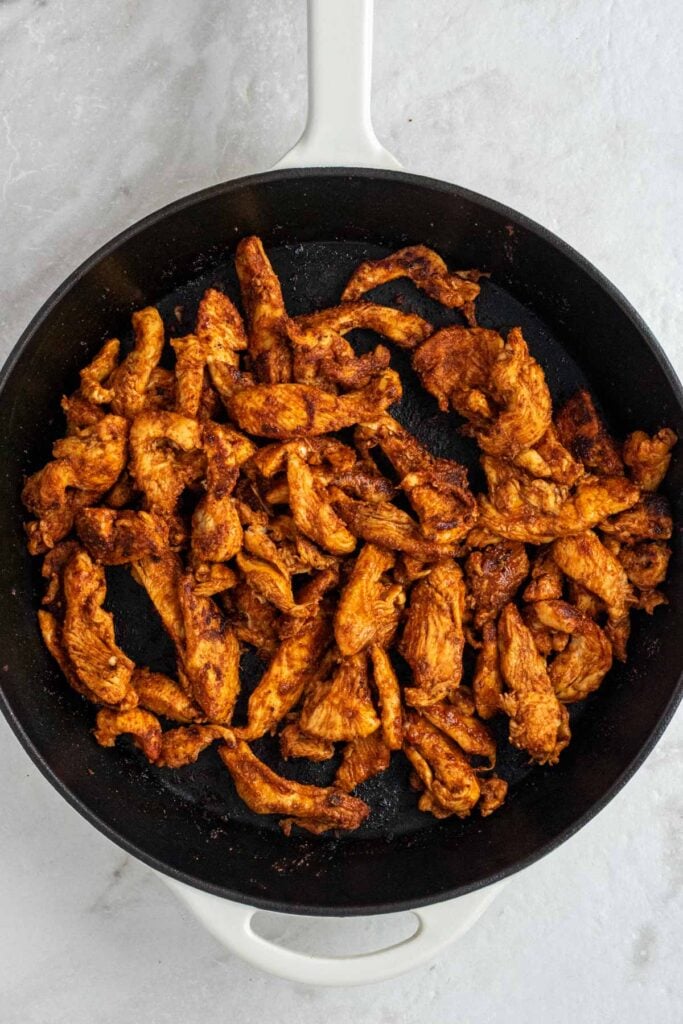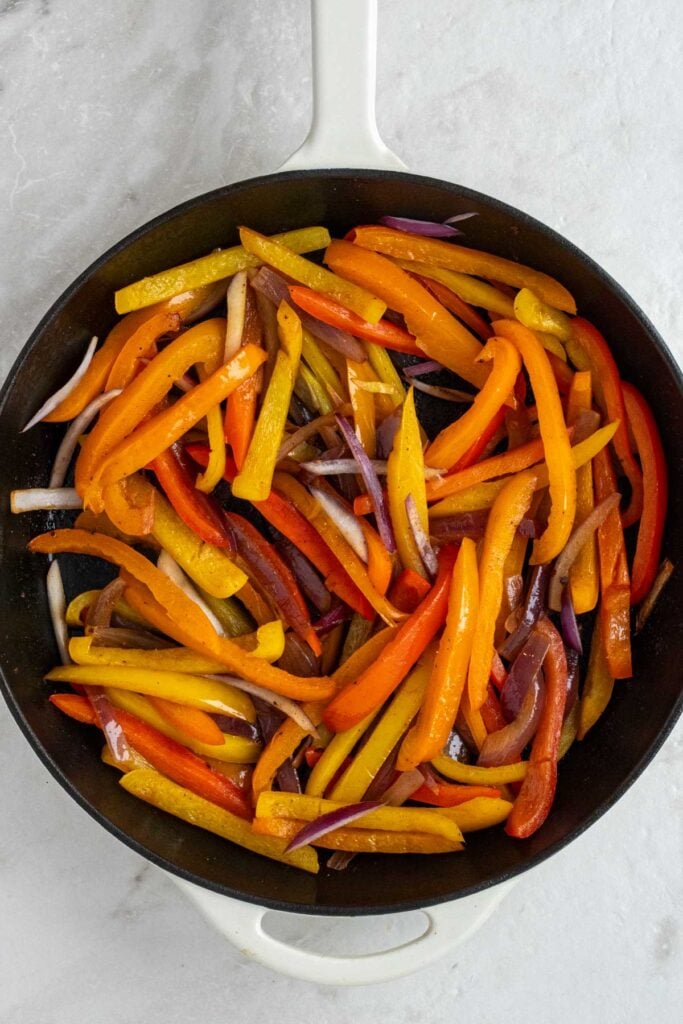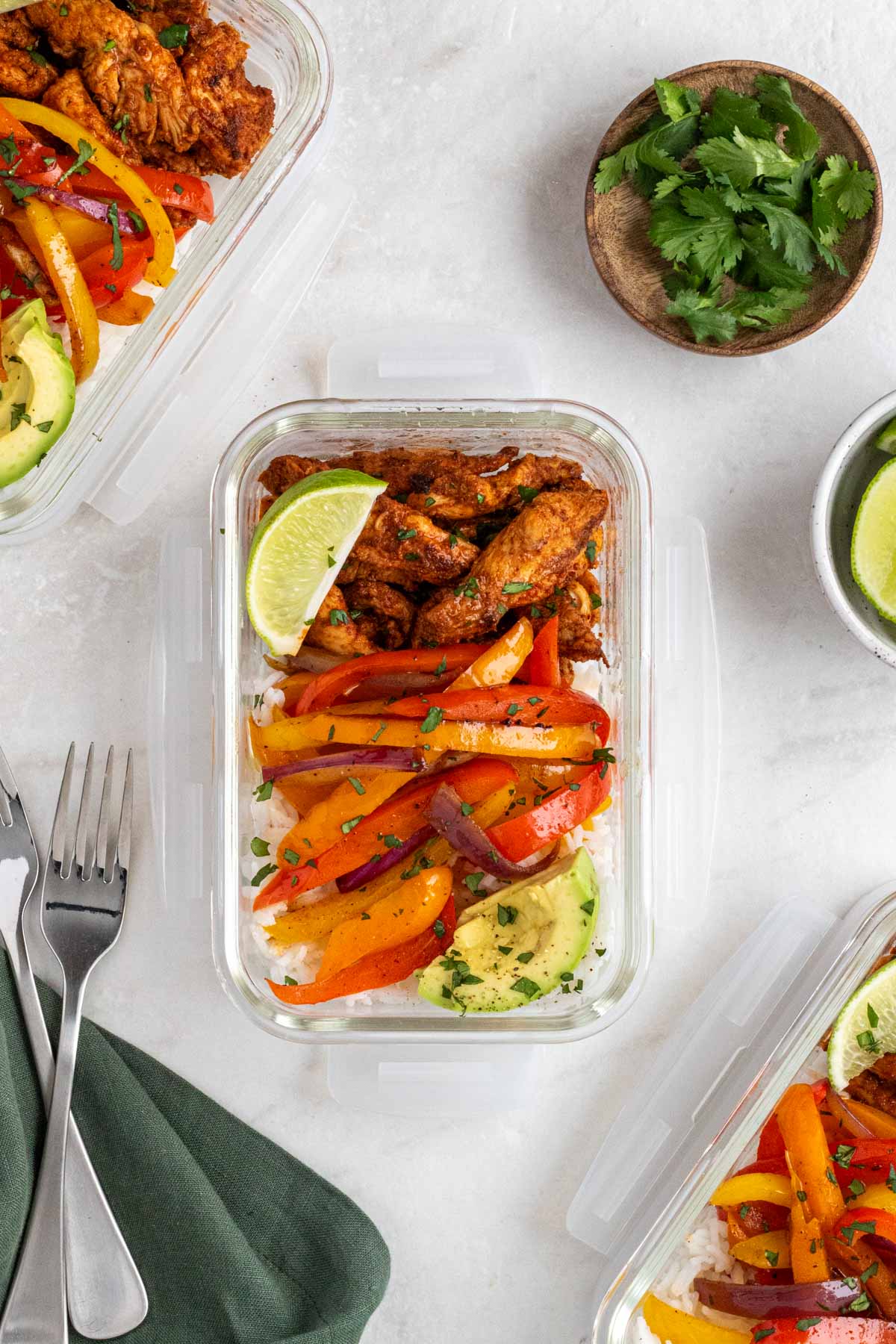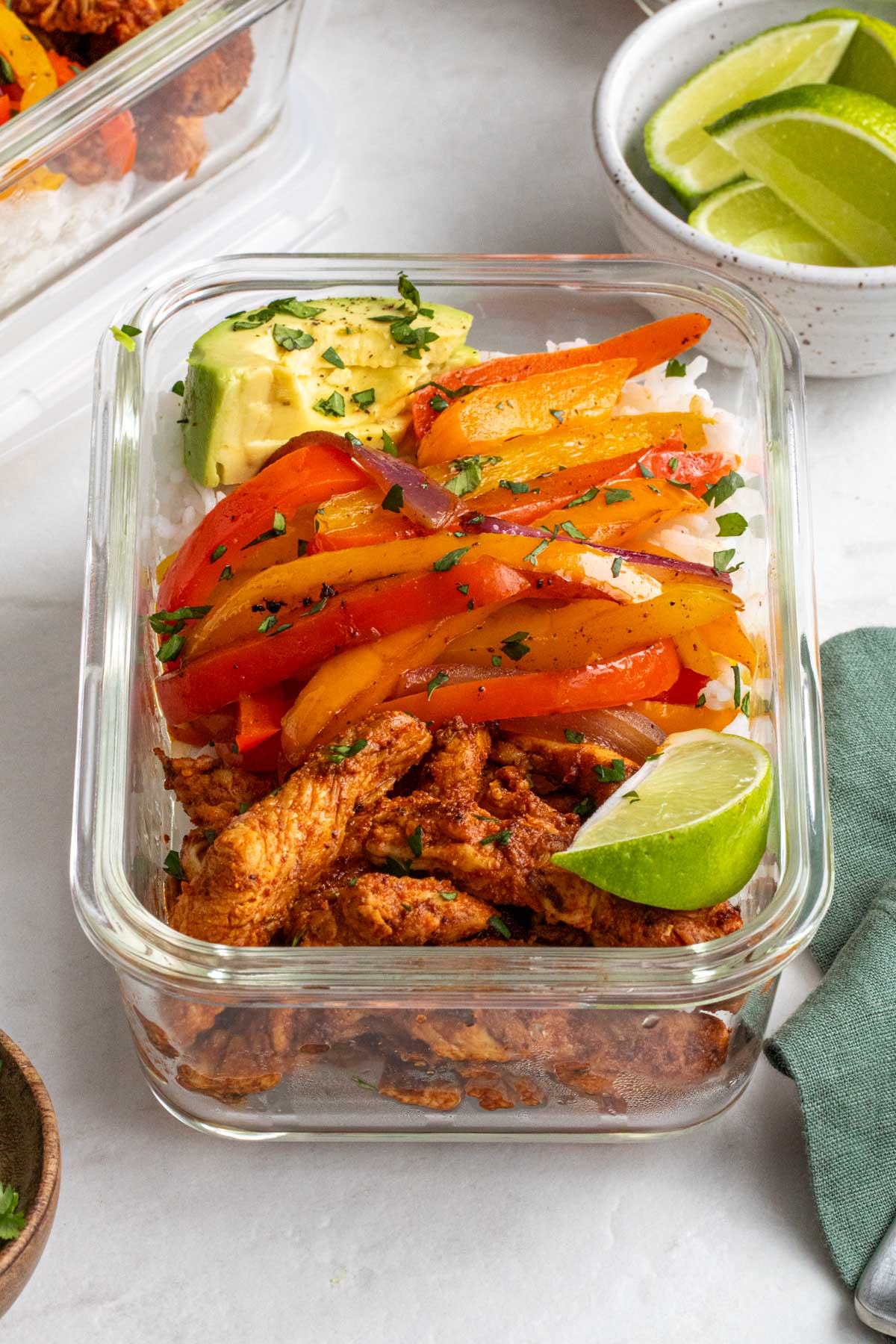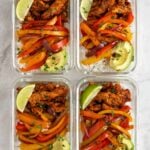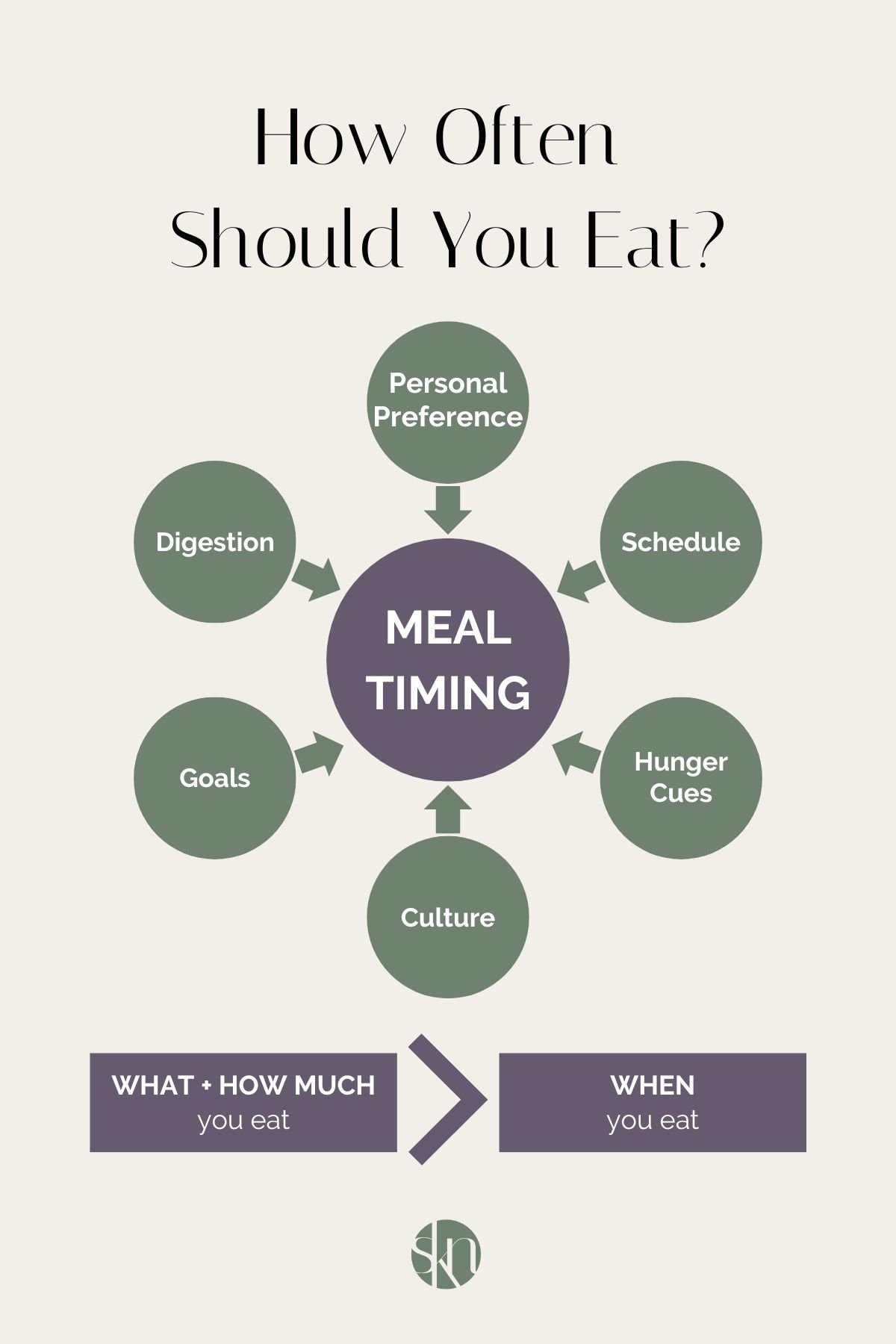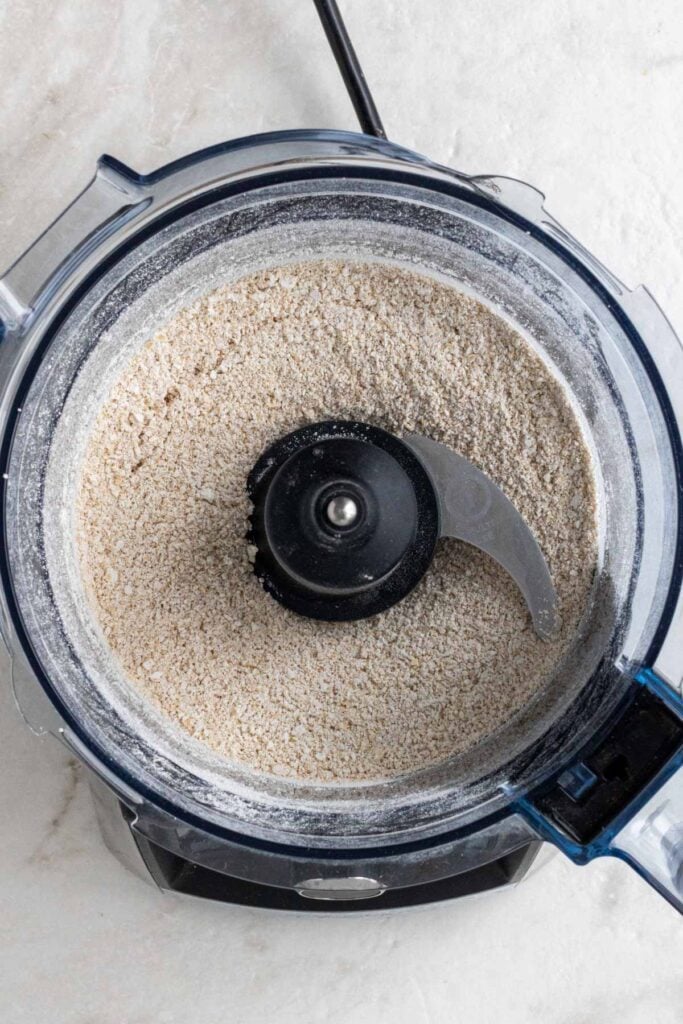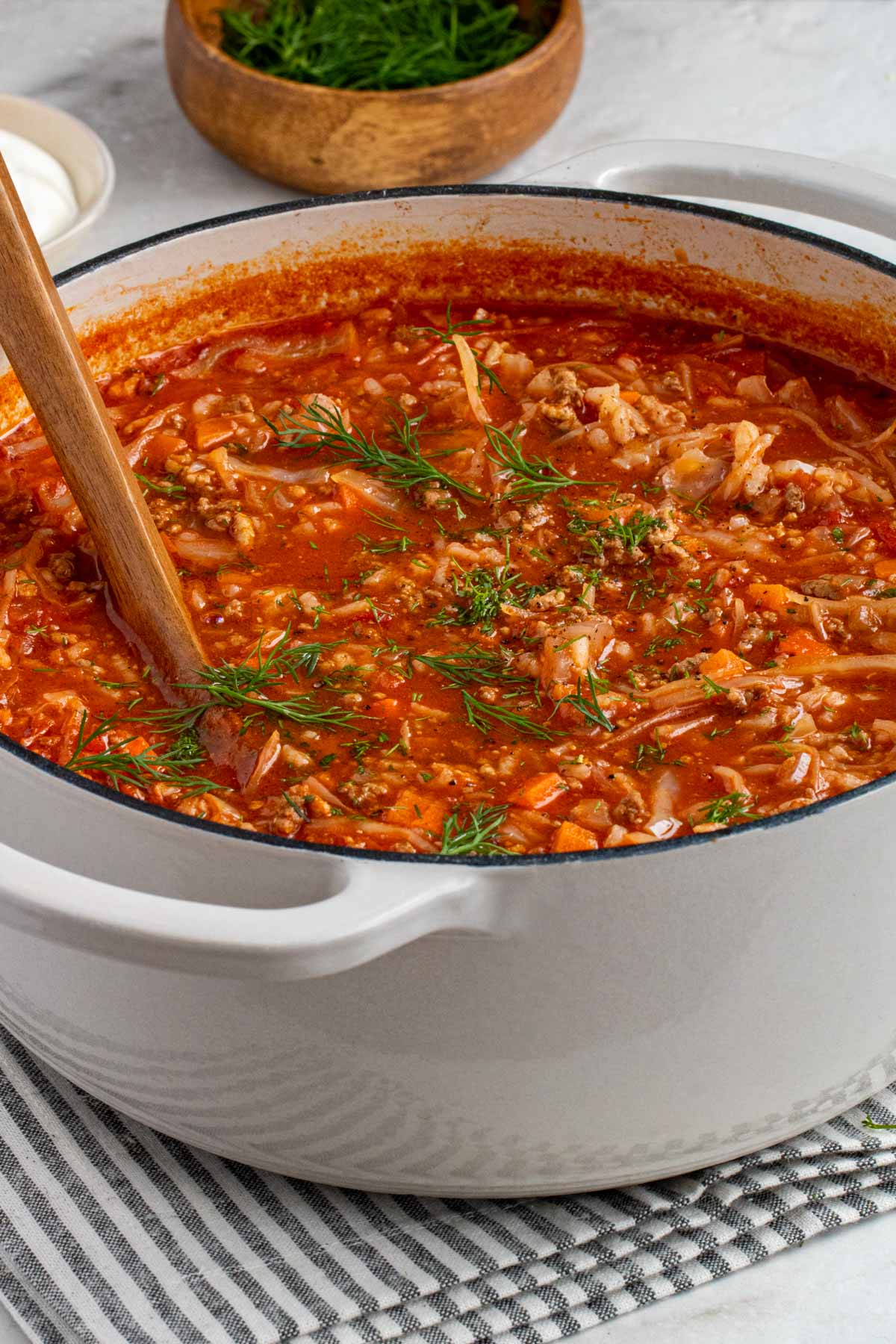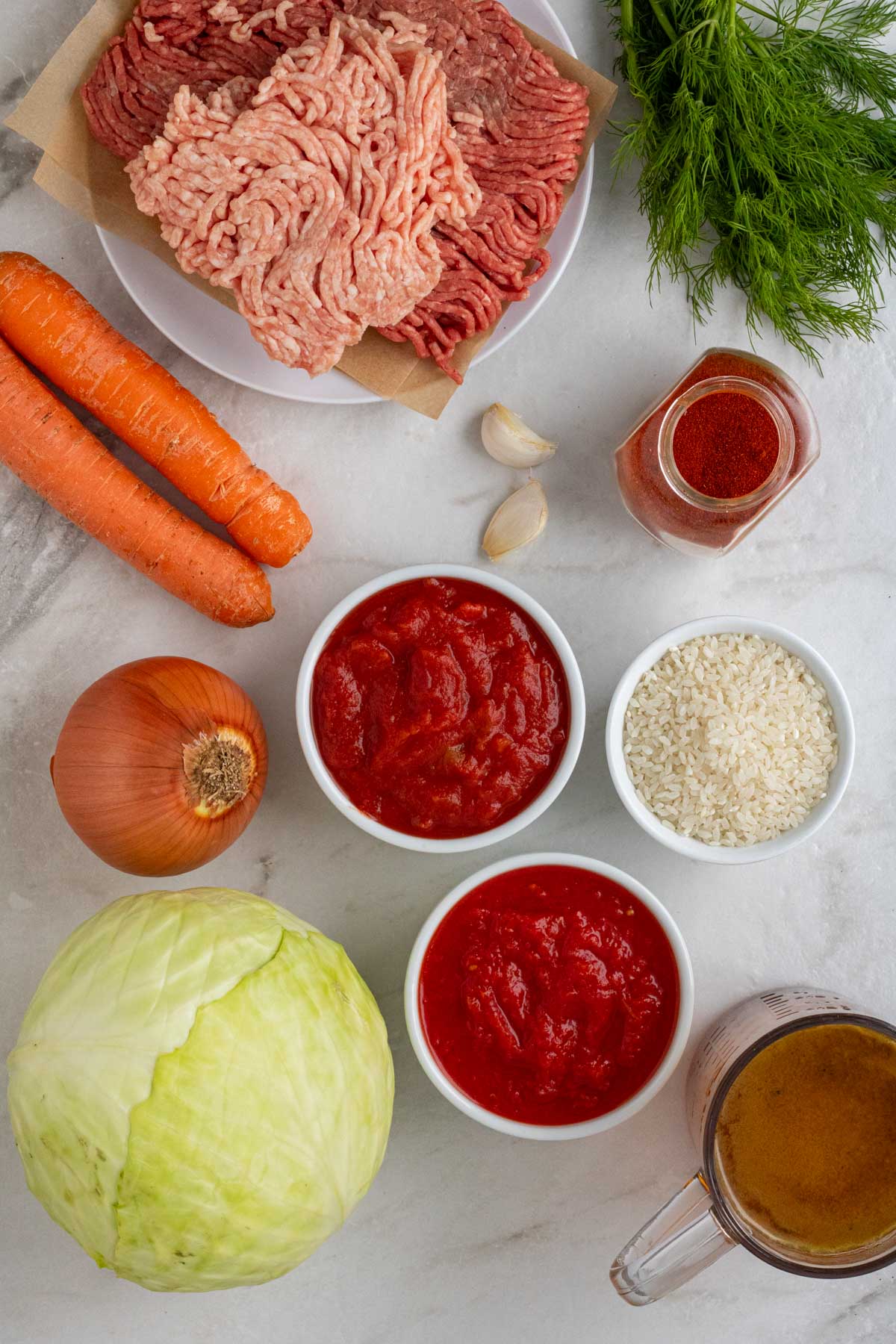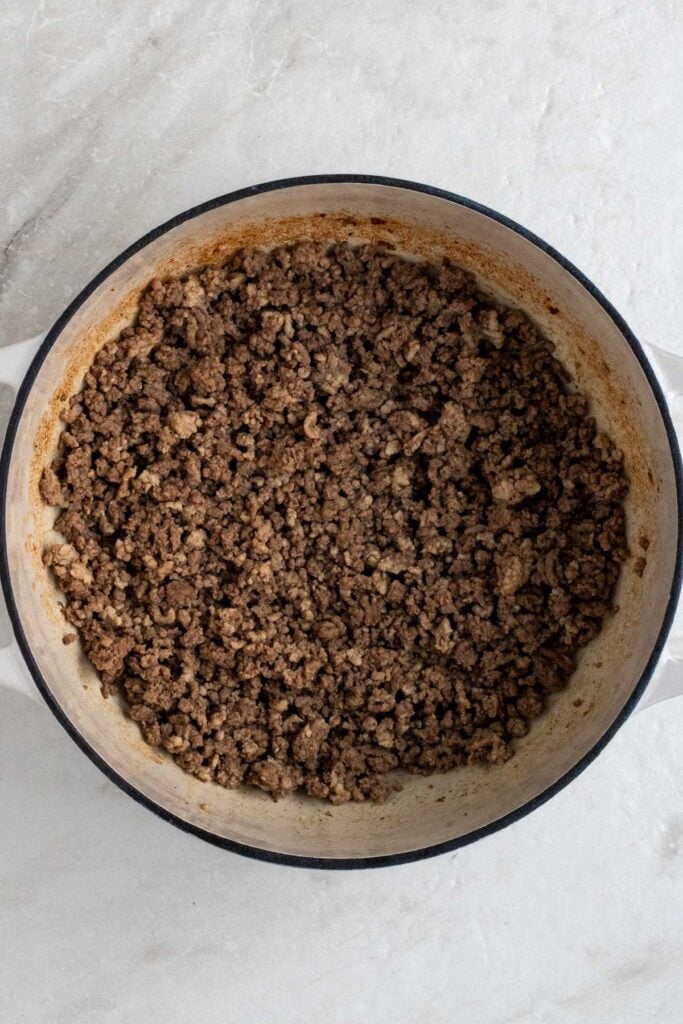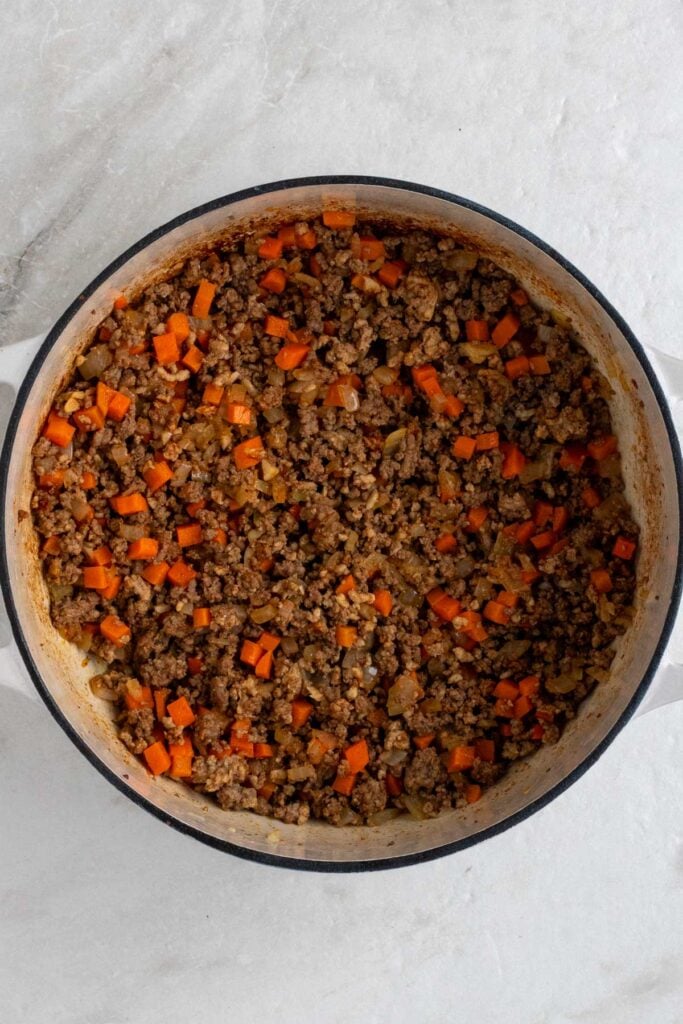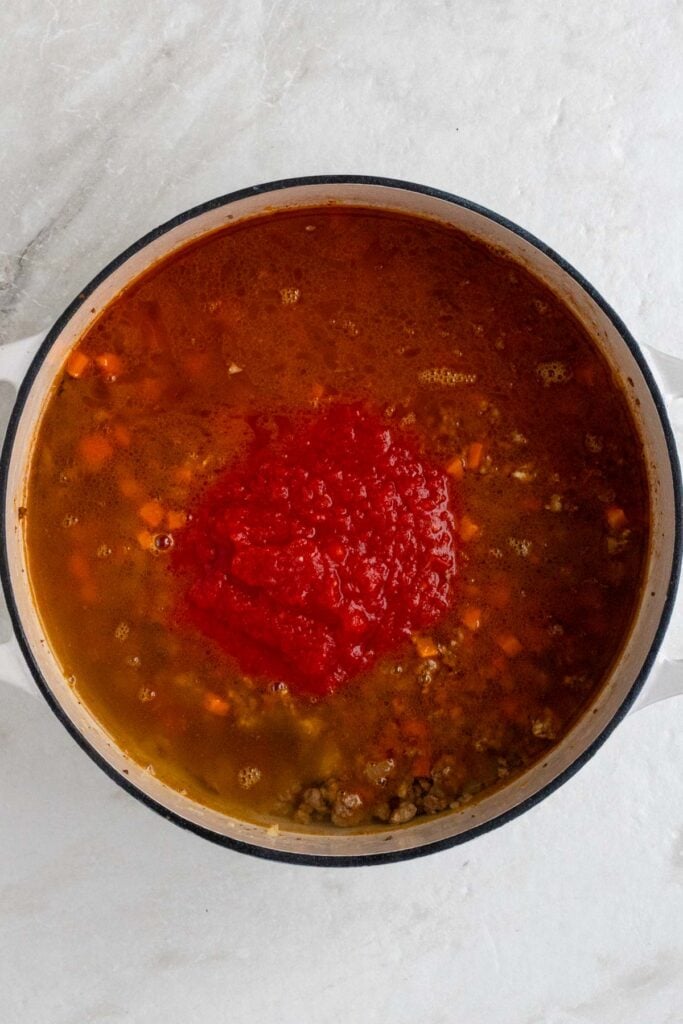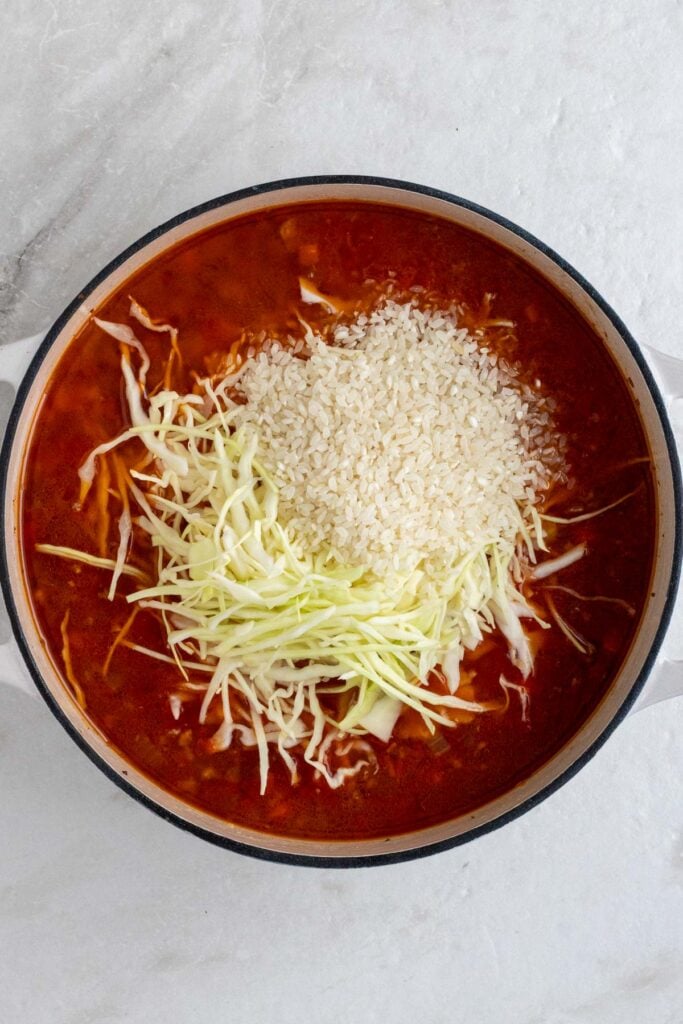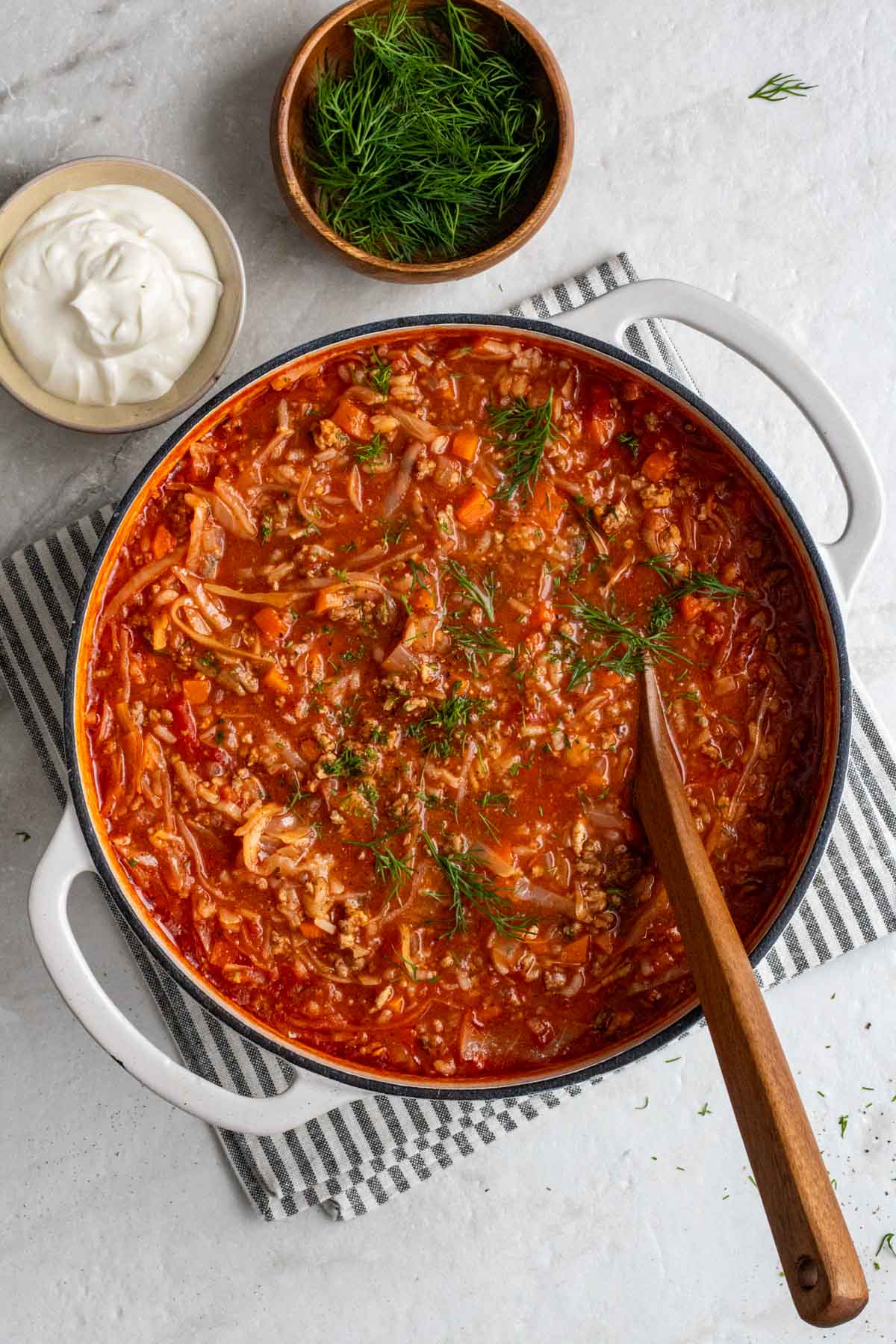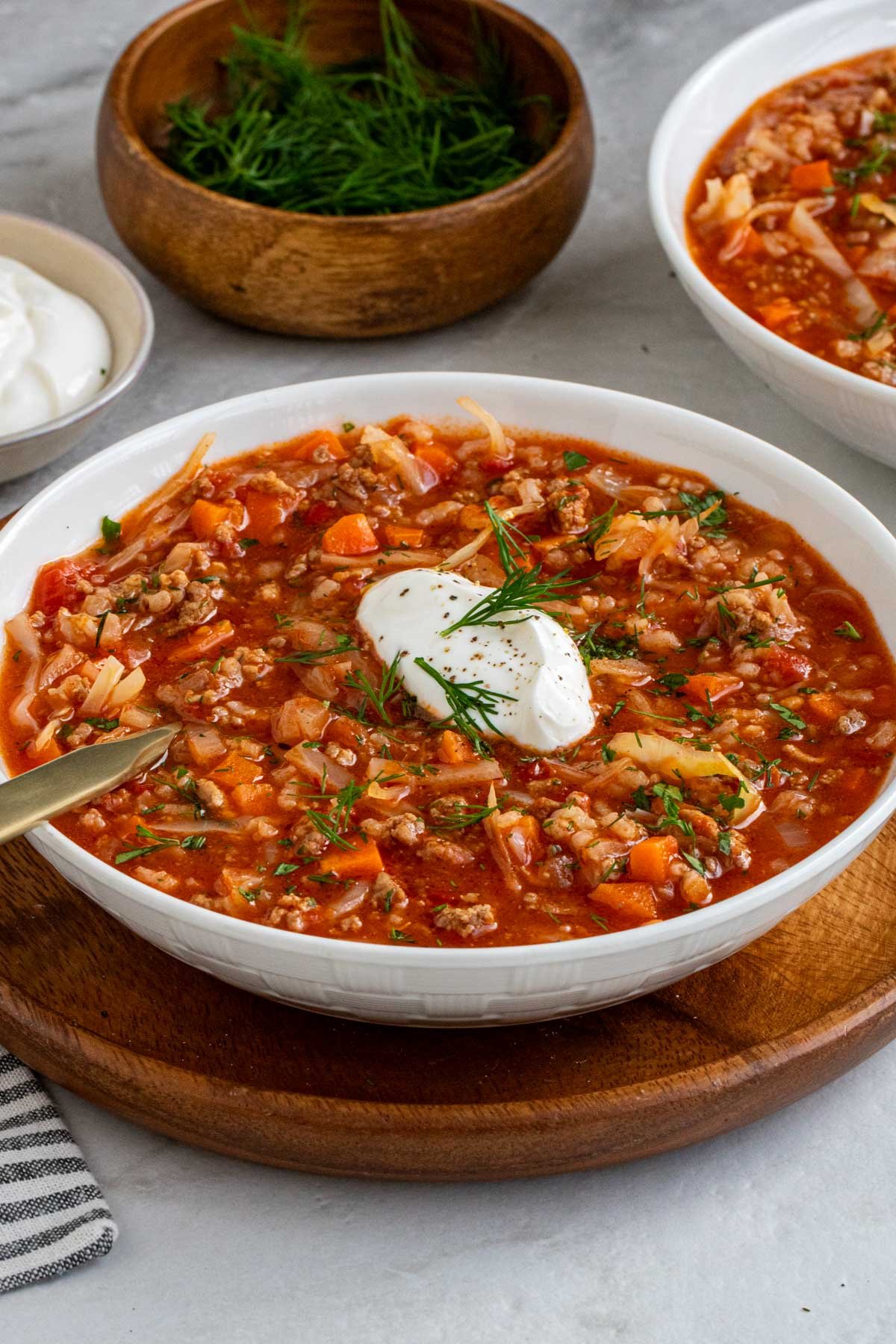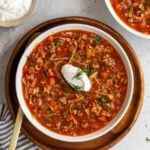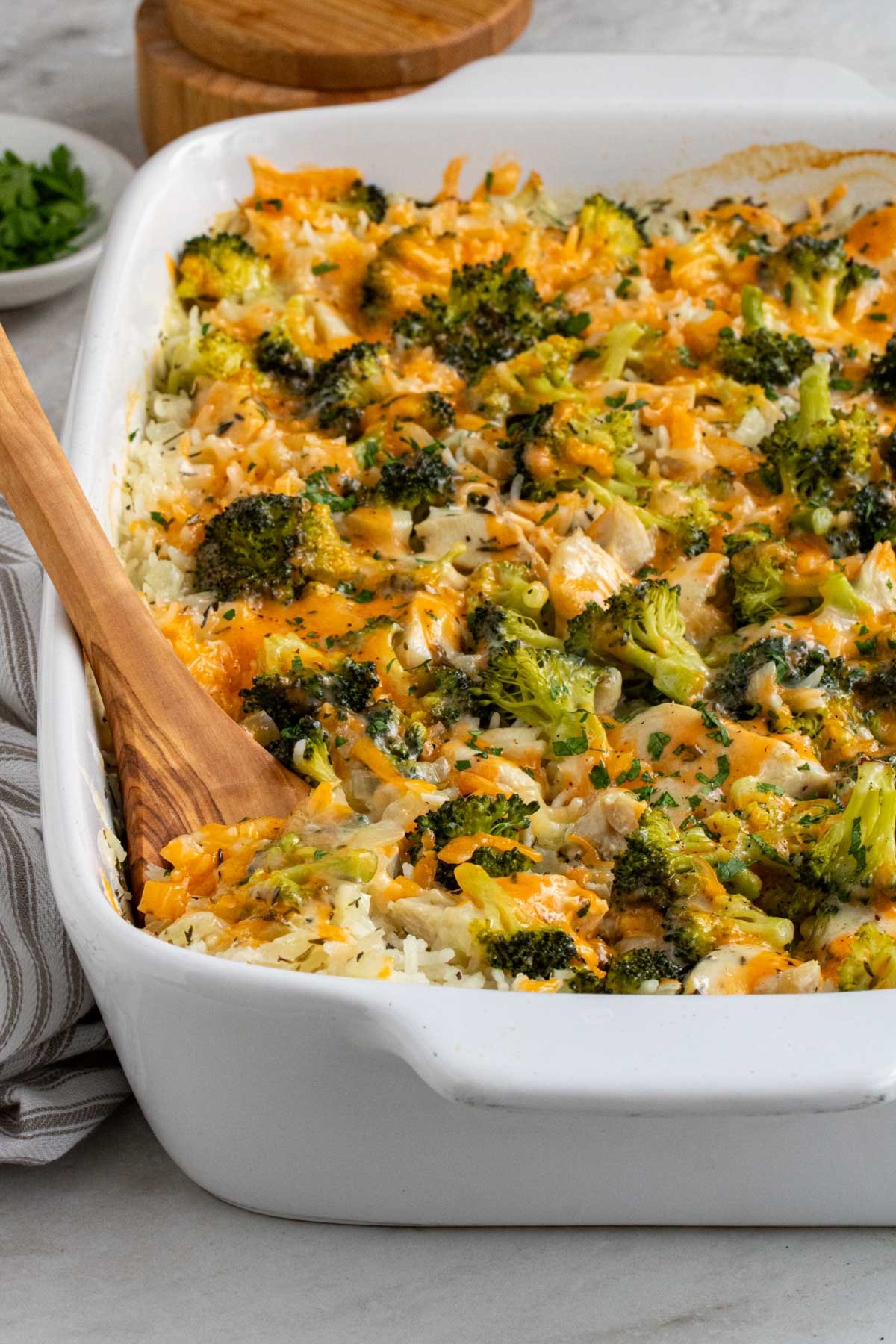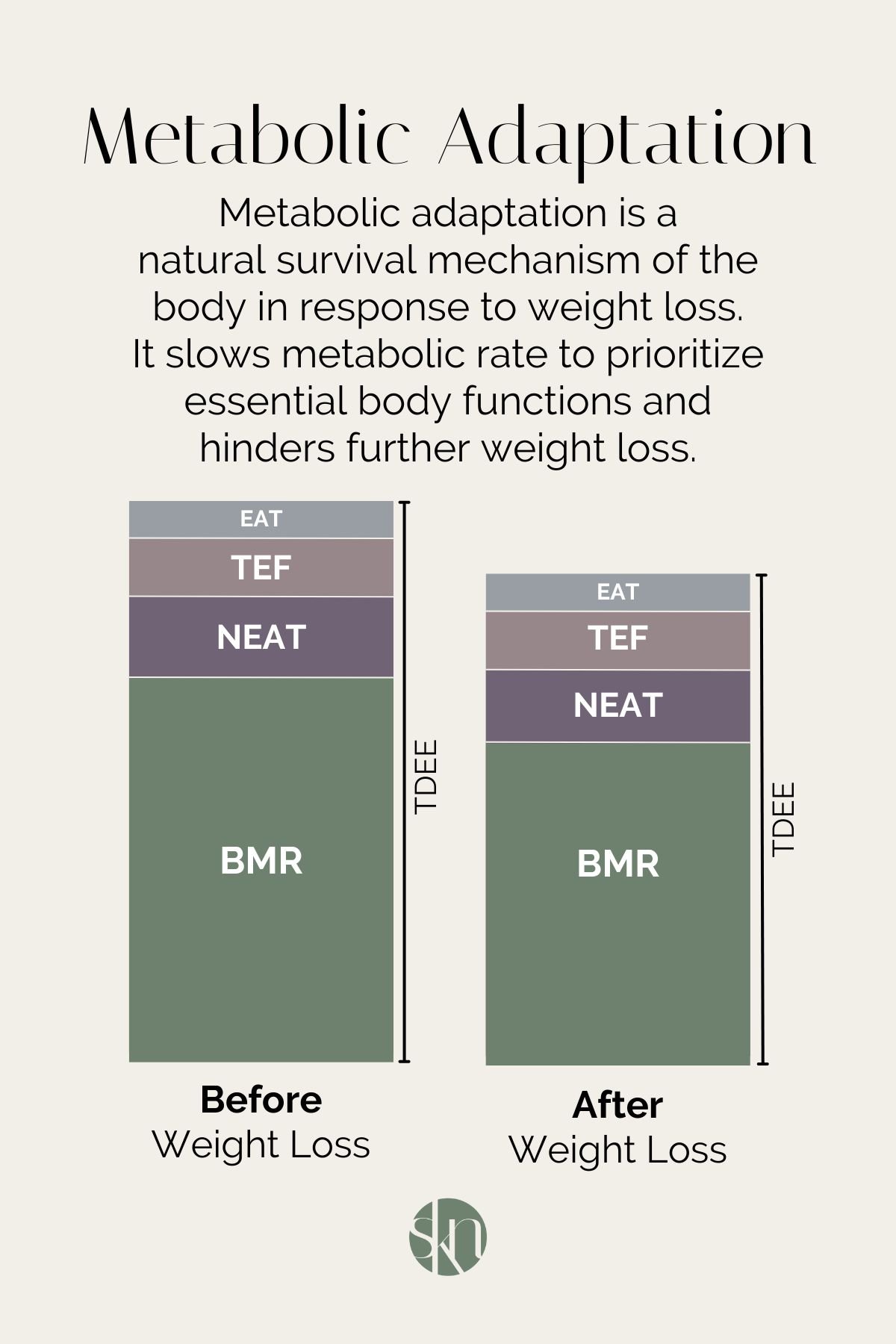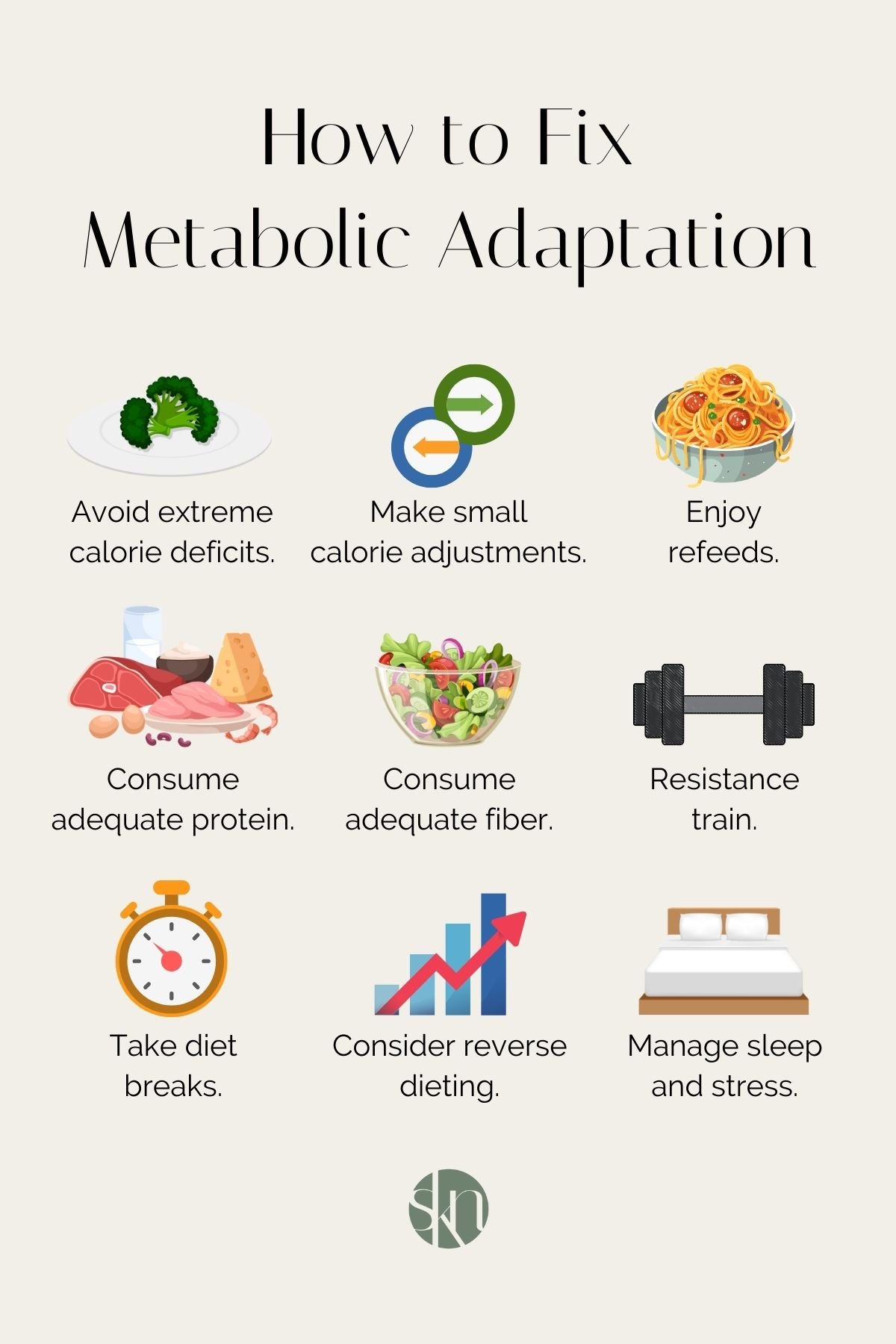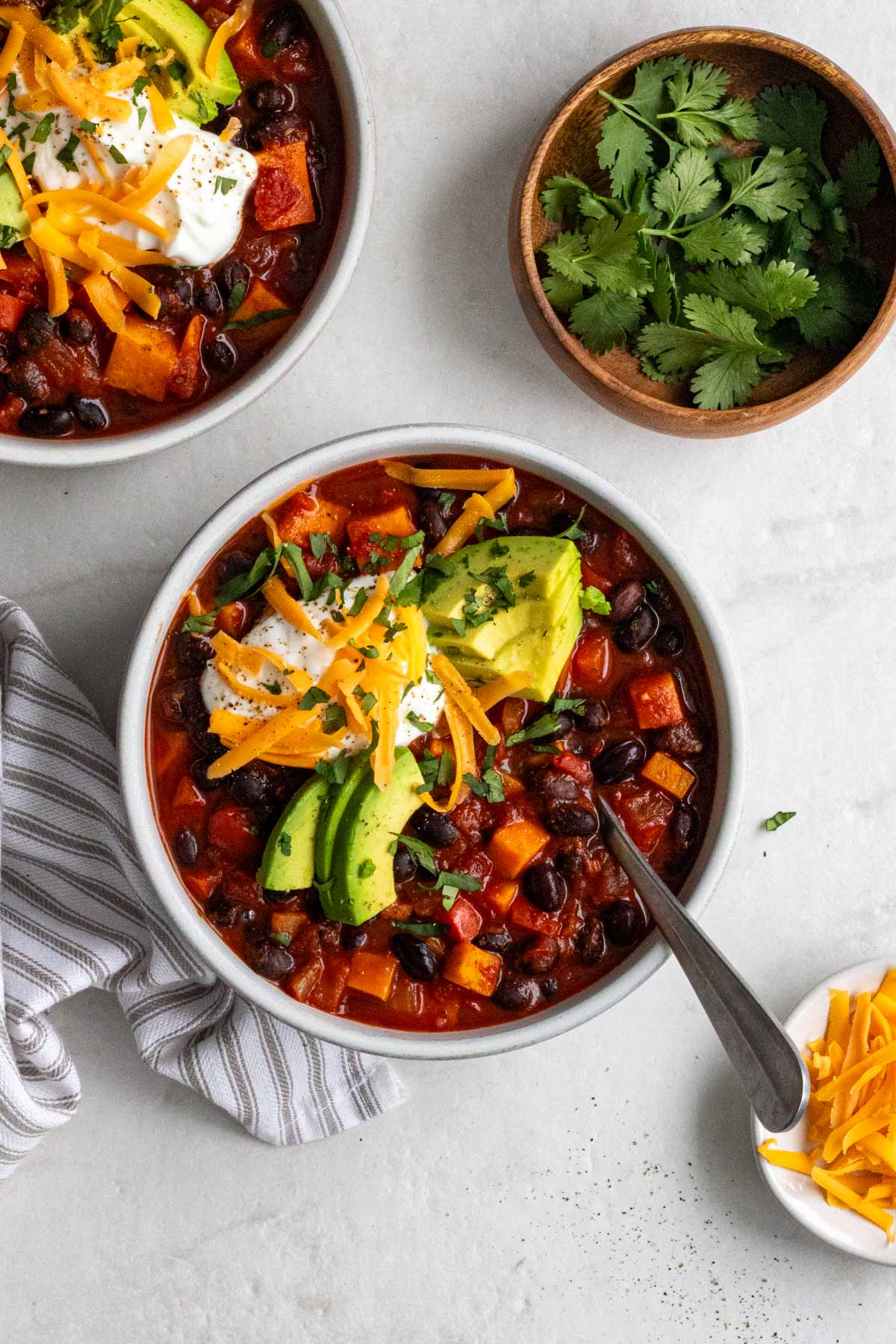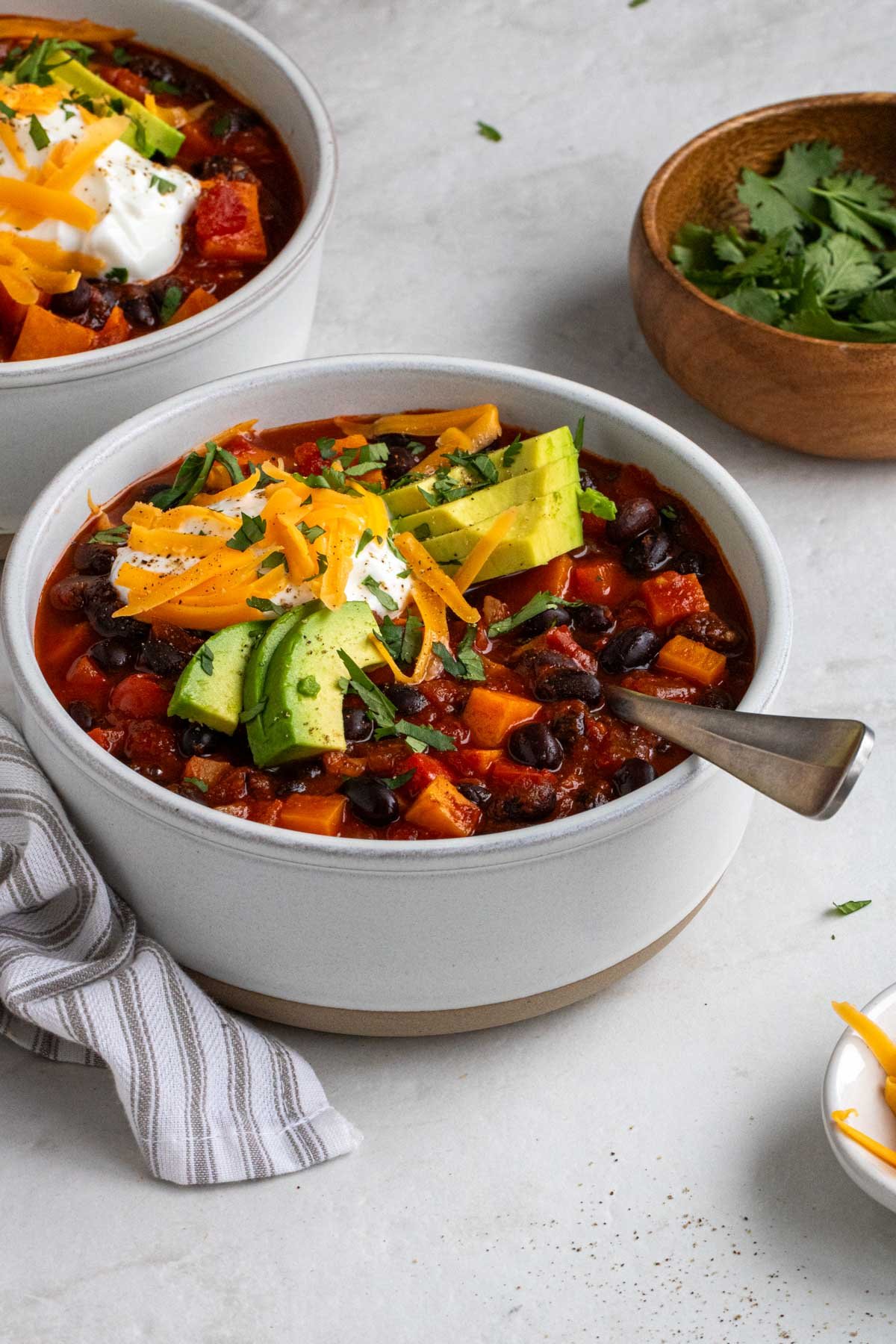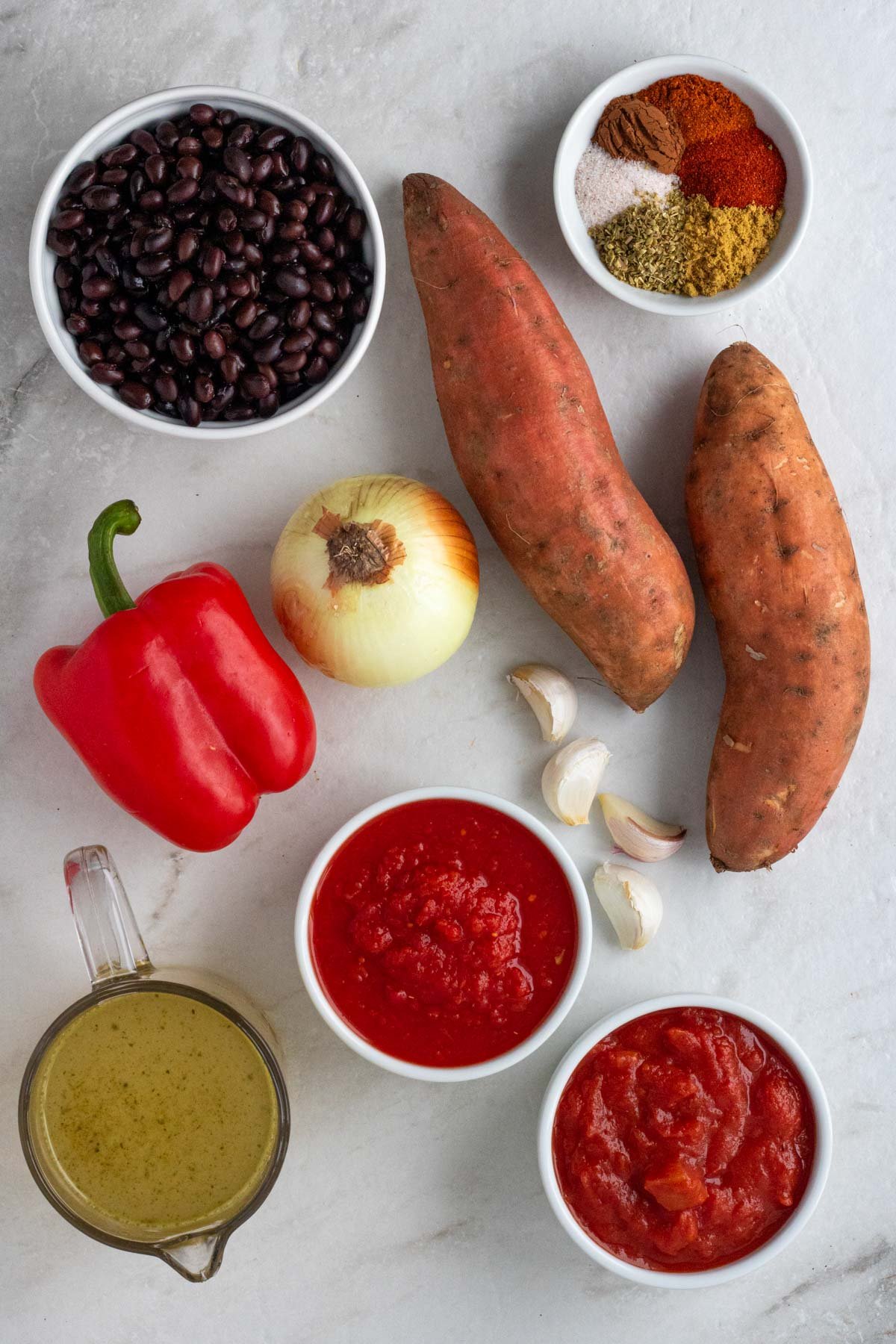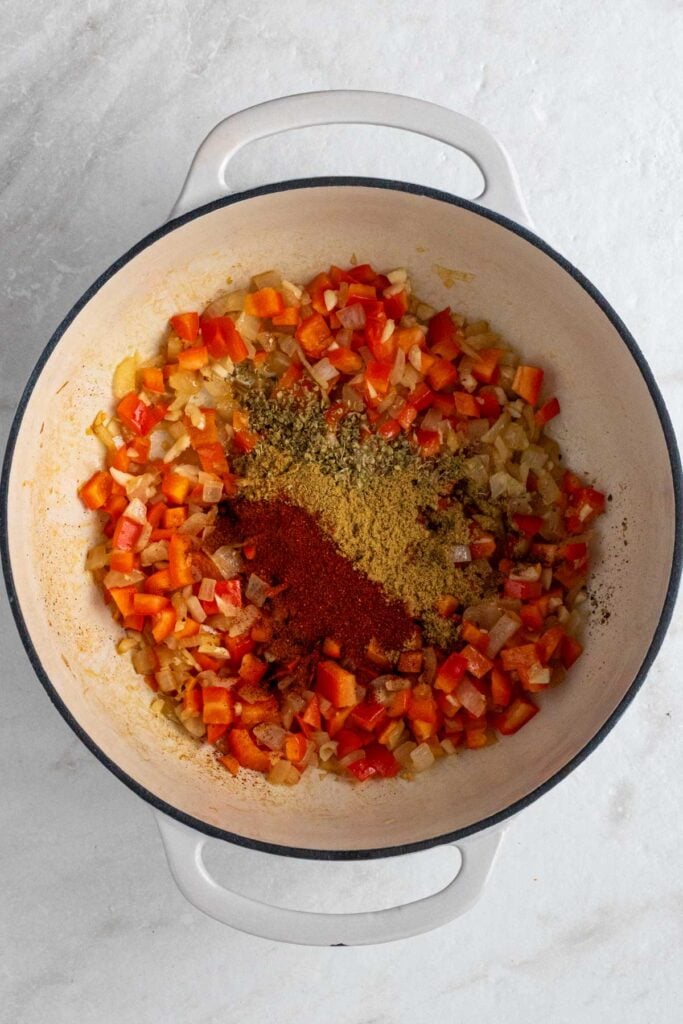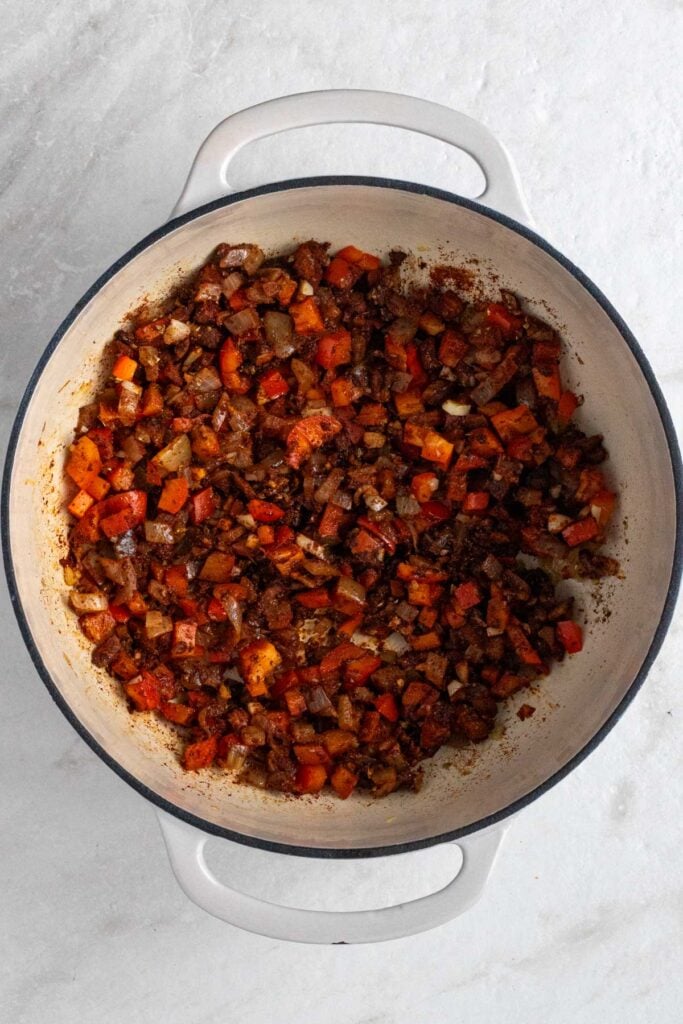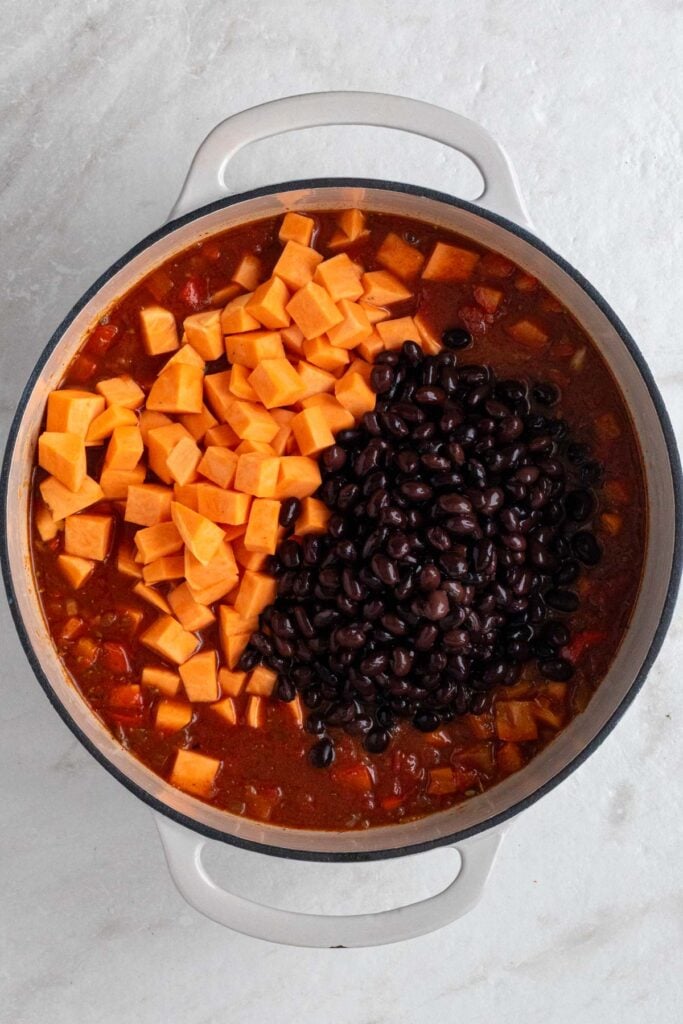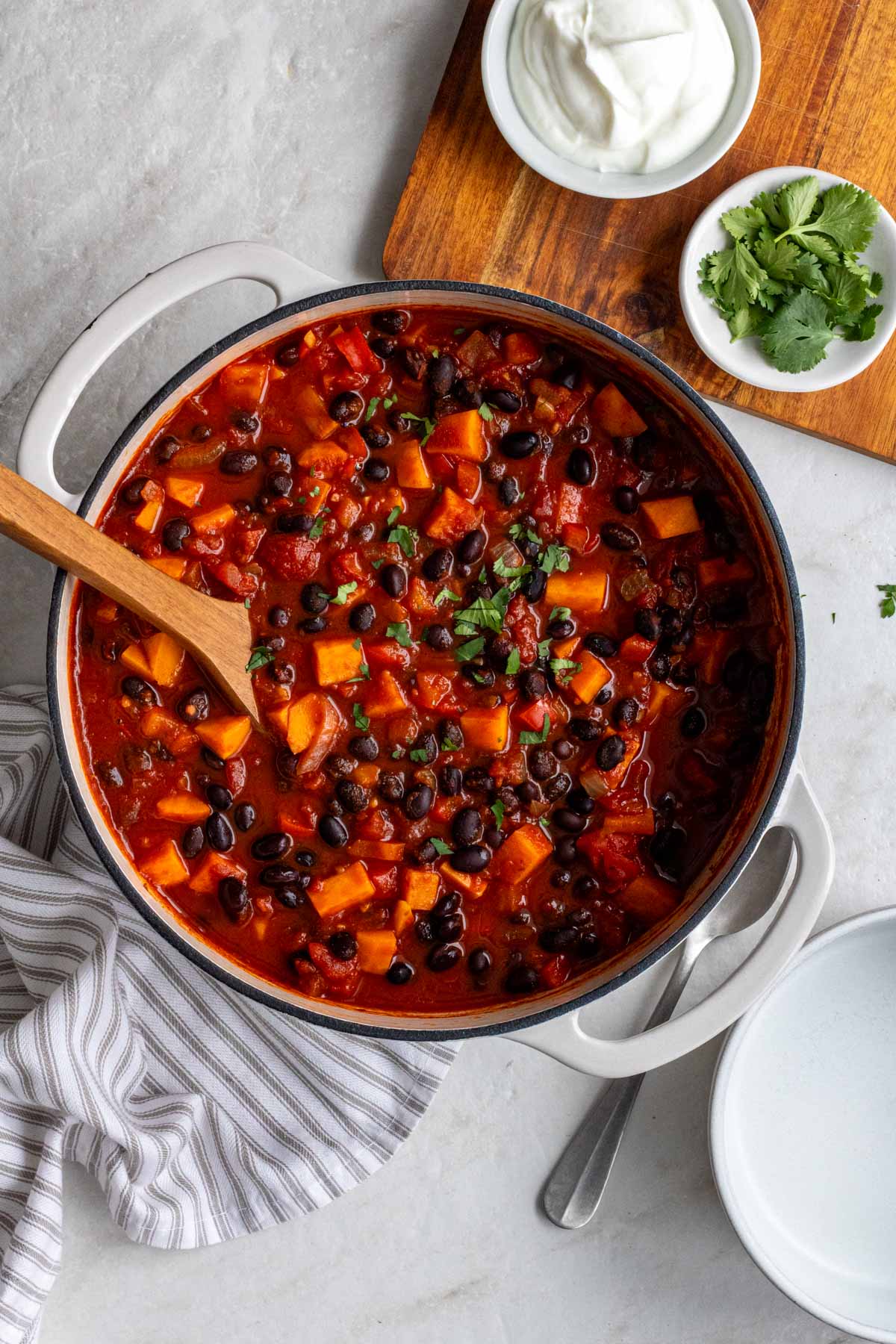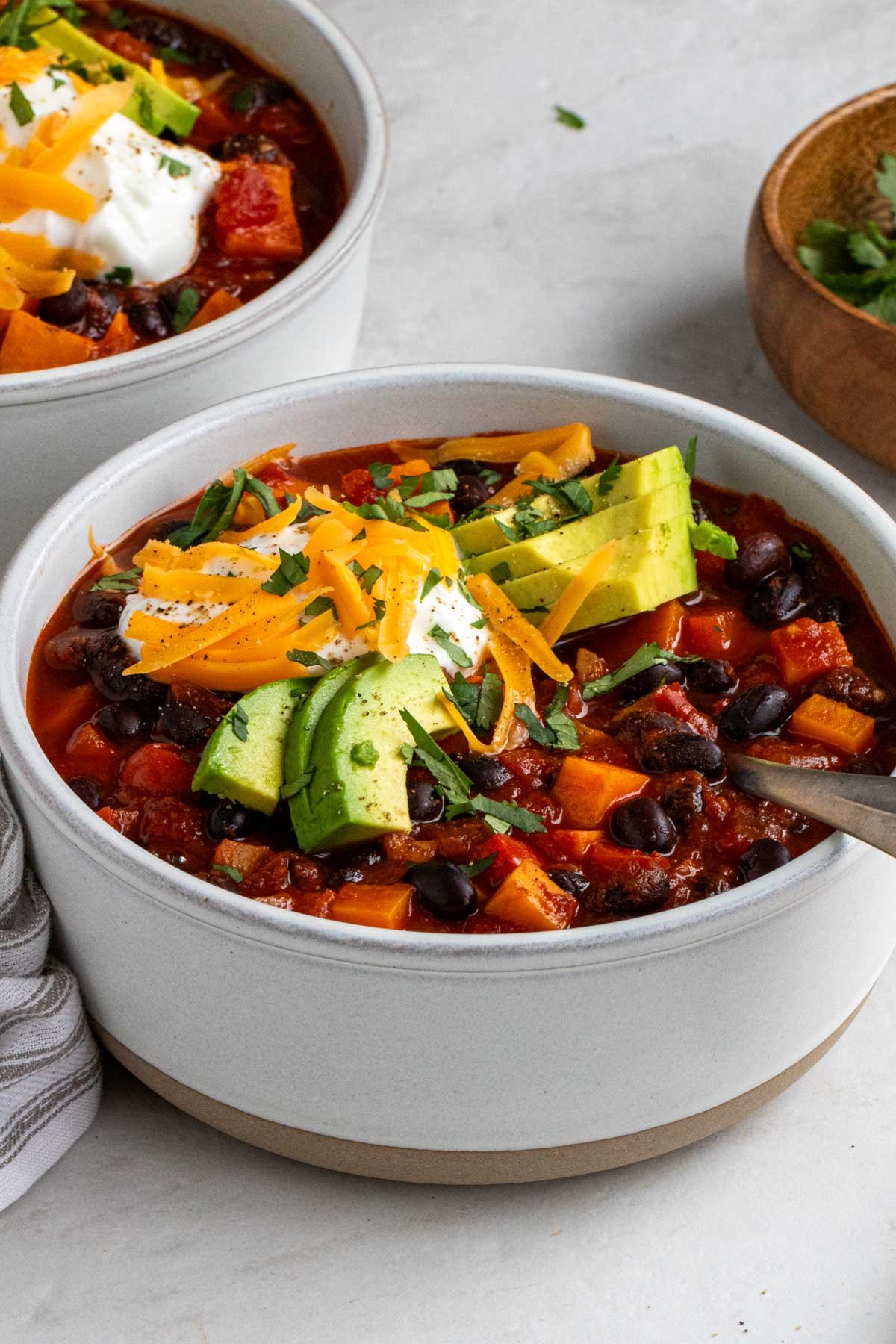Learn how to make homemade tzatziki sauce with this quick and easy recipe. Ready in 10 minutes, it’s the perfect condiment for any Mediterranean meal.
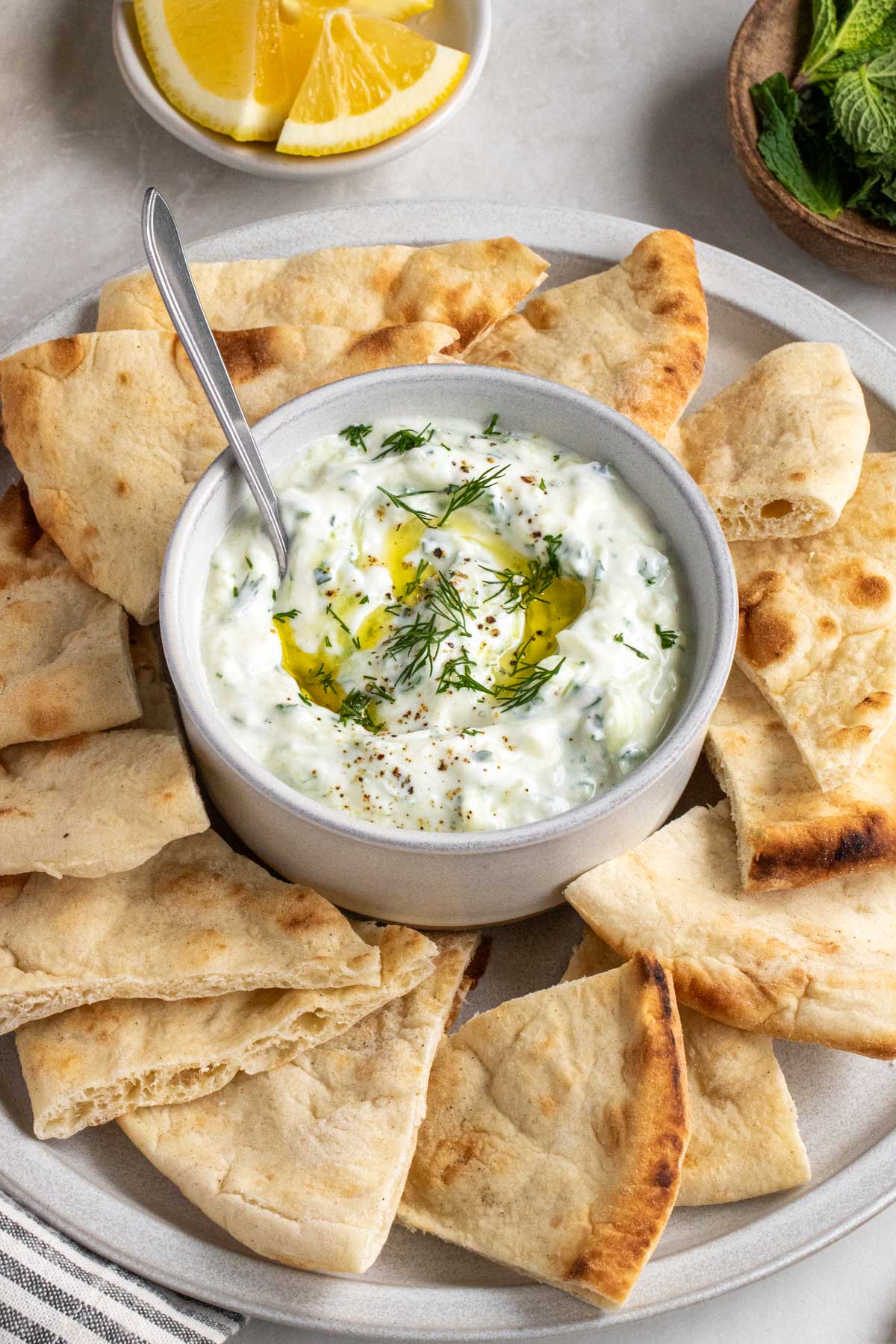
While it’s easy to find tzatziki in most grocery stores, it’s so easy and inexpensive to make at home. With a handful of ingredients, you can create a rich and creamy cucumber yogurt dip that works well as a snack or a tasty sauce for grilled meats and salads. Not to mention, it keeps well in the fridge, so you can enjoy it for days and weeks to come.
So, if you’ve been looking to try tzatziki, give this easy tzatziki sauce recipe a try, I’m confident you’re going to love it.
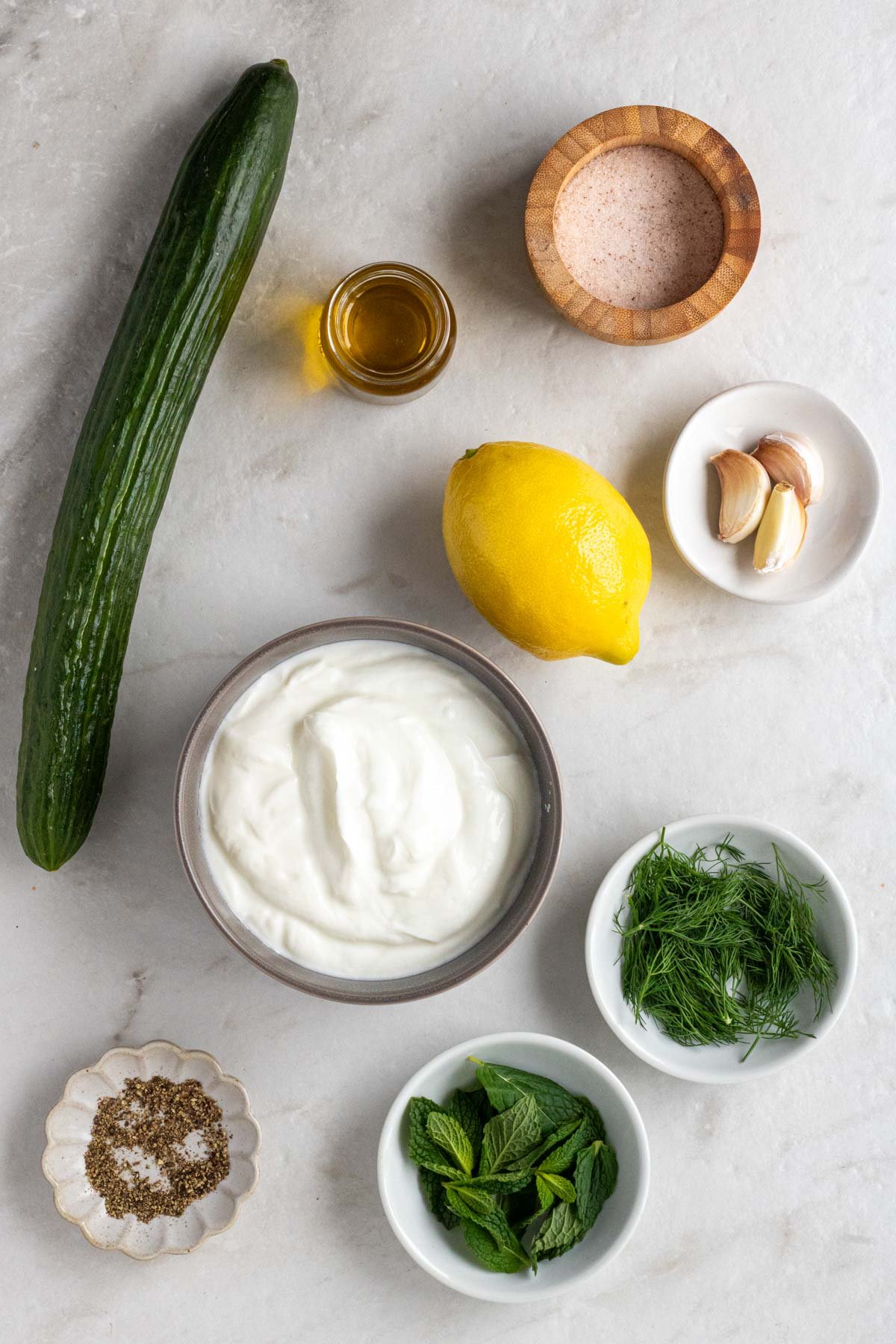
Ingredients + Substitutions
- Greek Yogurt – Tzatziki is made with plain Greek yogurt; however, you can use whole milk, 2%, or low-fat yogurt. While traditional tzatziki sauce is made with strained yogurt, you can use Greek yogurt, regular yogurt, or sour cream if needed.
- Cucumber – I prefer English cucumbers, as they have fewer and smaller seeds, but any style of cucumber will work.
- Garlic – To flavor the tzatziki sauce, feel free to add more if you like it garlicky.
- Lemon Juice – To add some acidity and balance the flavors. I think fresh lemon juice works best, but concentrate will also work.
- Olive Oil – To ensure the tzatziki sauce is creamy, you can use regular or extra virgin olive oil.
- Fresh Herbs – The recipe calls for a mixture of fresh dill and mint, however, you can also use parsley and/or dried herbs if needed. See the notes section of the recipe card for details.
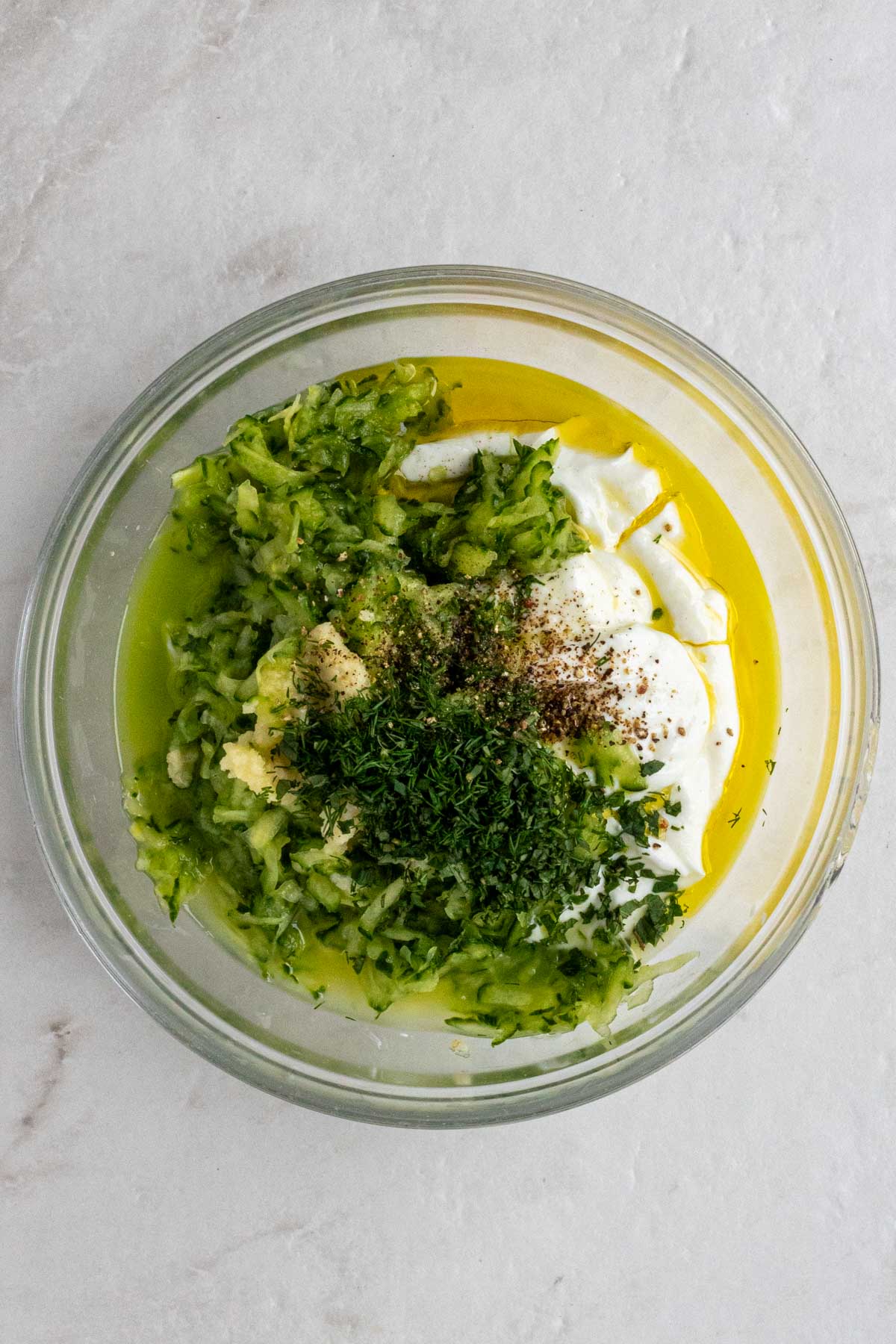
Dietary Adaptions
To Make it Gluten-Free: No adaptations are needed; tzatziki sauce is gluten-free.
To Make it Dairy-Free: Swap the Greek yogurt for coconut yogurt.
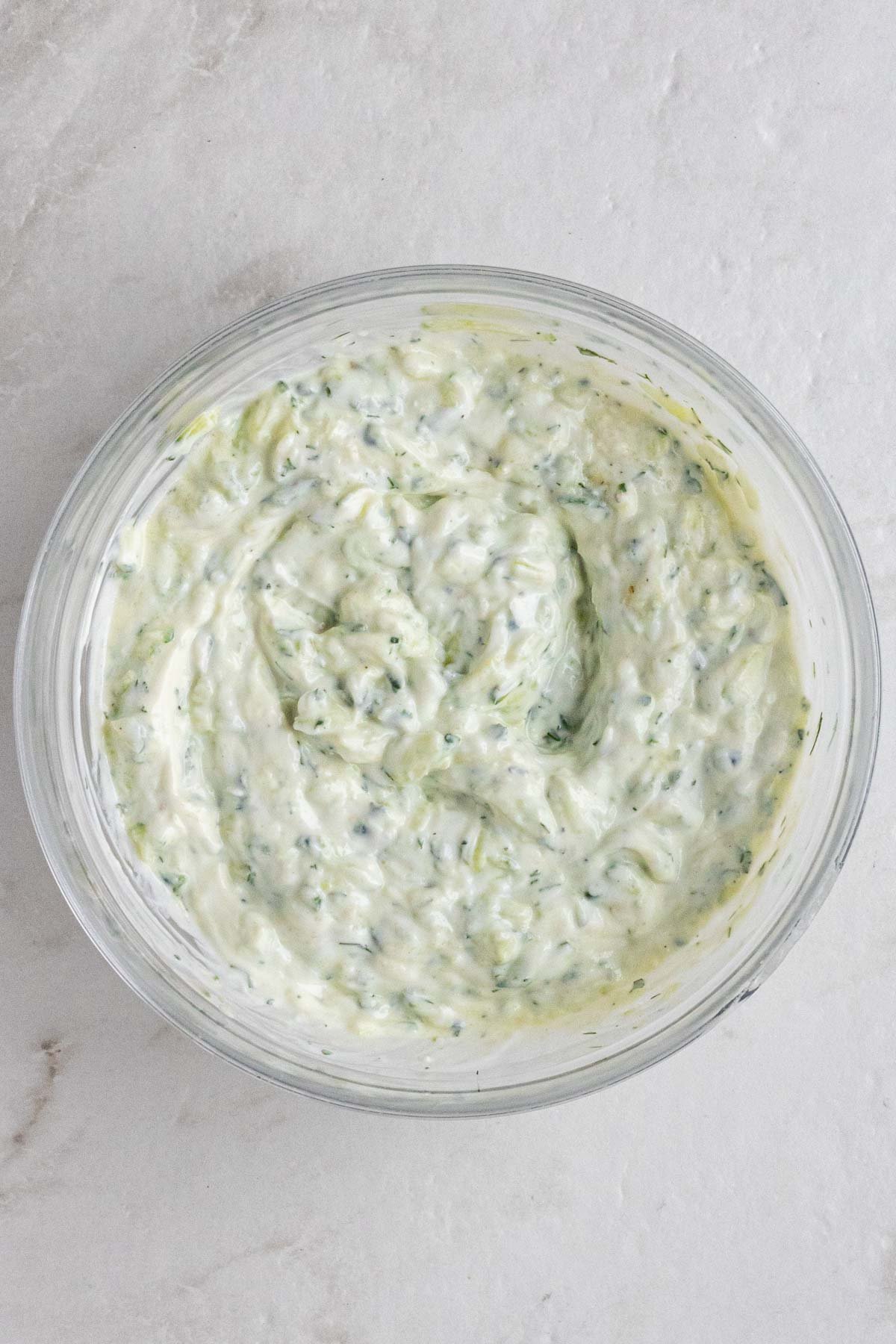
Red’s Nutrition Tip
While most people don’t consider it, homemade tzatziki sauce is a great source of protein. Not only is Greek yogurt high in protein, but when made with fat-free yogurt, it’s one of the best high-protein, low-calorie foods.
Serving Suggestions
Tzatziki can be used as a dip, sauce, condiment, or dressing. Some of my favorite ways to use tzatziki are:
- Served with pita bread
- Served with fresh veggie
- Spread into sandwiches
- Spread into gyros
- Dolloped onto salads
- As a dip for falafels
- As a condiment for grilled meats
- As a salad dressing
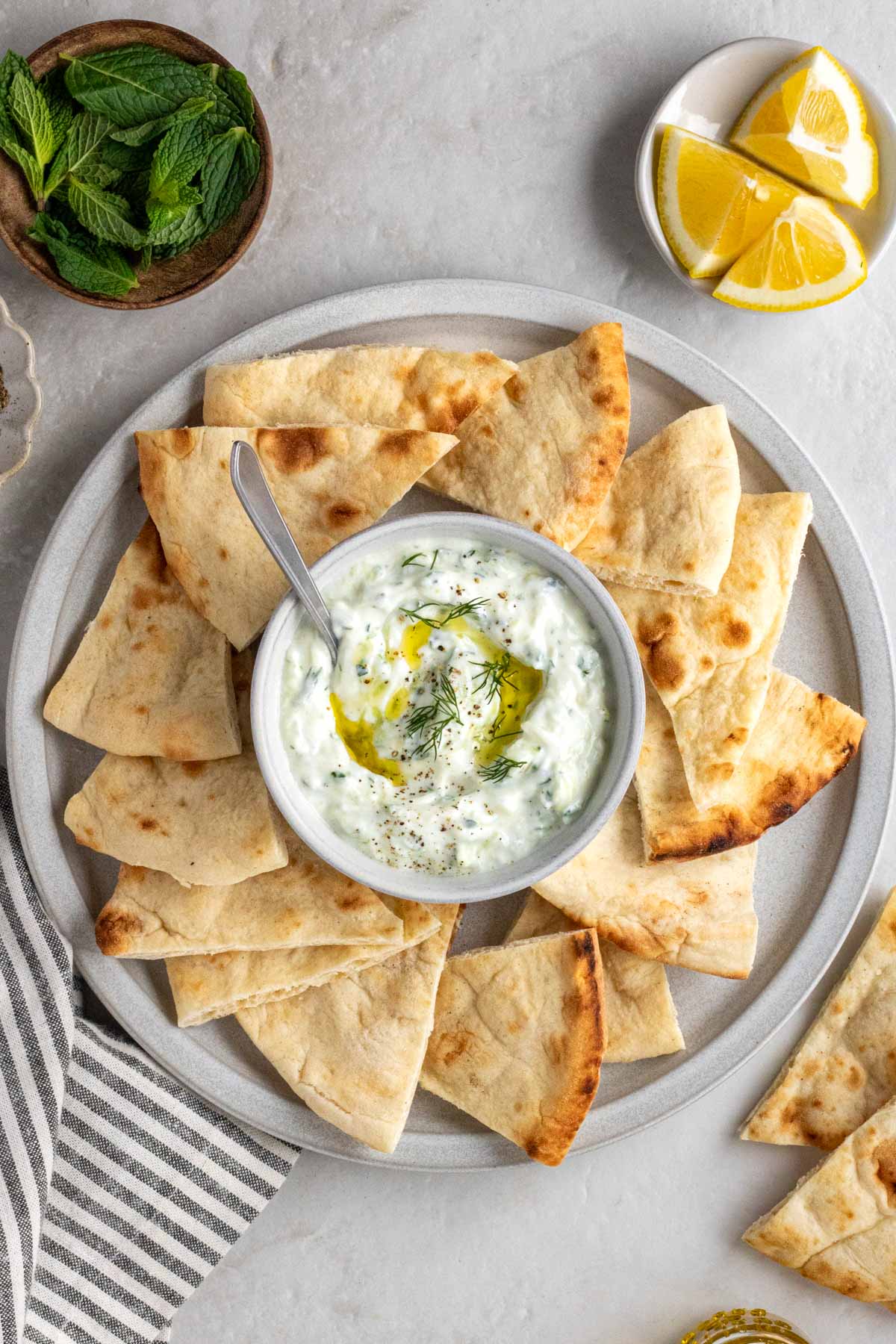
Storage
Homemade tzatziki sauce can be stored in an airtight container in the fridge for up to 2 weeks.
Recipes with Tzatziki Sauce:
- Greek Chicken Gyros
- Greek Chicken Kebabs
- Mediterranean Quinoa Bowls
- Greek Turkey Meatballs with Orzo

Tzatziki
Ready in 10 minutes, this healthy homemade tzatziki sauce is easy to make and works well as a dip or a sauce.
-
Prep Time: 10 minutes
-
Total Time: 10 minutes
-
Yield: 2.5 cups
-
Category: Snacks
-
Method: No Cook
Ingredients
- 2 cups Greek yogurt
- 1 English cucumber
- 2 tablespoons lemon juice
- 1 tablespoon extra-virgin olive oil
- 2 cloves garlic, grated
- 2 tablespoons chopped fresh dill
- 2 tablespoons chopped fresh mint
- 1/2 teaspoon salt
Instructions
- Using a box grater on a cutting board or a food processor with the shredding blade, grate the cucumber into small pieces. Then transfer the grated cucumber to a fine mesh sieve, tea towel, or double lined paper towels, sprinkle with a pinch of salt, and press out as much water as possible.
- In a medium bowl, add the Greek yogurt, grated cucumber, lemon juice, olive oil, grated garlic, chopped dill, chopped mint, and salt and stir until well combined.
- Once mixed, taste and adjust the seasoning with additional herbs, salt, and pepper as desired.
- The tzatziki sauce can be served immediately or stored in an airtight container in the fridge for up to 2 weeks.
Notes
To Use Garlic Powder: Swap the garlic cloves for 1 teaspoon of garlic powder.
To Use Dried Dill: Swap the fresh dill for 1 teaspoon of dried dill.
To Use Dried Mint: Swap the fresh mint for 1 teaspoon of dried mint.
Nutrition
- Serving Size: 1/4 cup
- Calories: 75 calories
- Sugar: 3 grams
- Fat: 4 grams
- Carbohydrates: 4 grams
- Fiber: 0 grams
- Protein: 6 grams

